Introduction:
I wrote a short note for Haworthiad, to explain a picture of Breuer’s new species H. fusca (MBB7507), and said “… the fact is that it is from a small population just west of Albertinia en route to another of Hayashi’s (?) species H. esterhuyzeniae, and also to Breuer’s H. vincentii. As readers we are being conditioned to accept that there are many kinds of species such as biological species, morphological species, taxonomic species, good species, bad species etc etc. so a latin binomial could mean anything (and the word ‘tautology’ has been added to my vocabulary). Botany needs a sensible and practical handle to a squadron of populations from between Albertinia and Great Brak. I would gladly supply this if somehow I could be assured that the act was not seen to be the clown’s contribution to the circus.”
Without any assurance, but with the encouragement of Stirling Baker, I am going to try and produce an explanation.
Put very bluntly and without any apology to a group of people who definitely deserve better, my life experience is that taxonomy is largely a farce despite the fact that it works surprisingly and exceedingly well. I have already written around the subject a number of times and do not want to repeat what is not necessarily true other than the contribution these thoughts have made to my personal psyche.
In this contribution I am discuss, illustrate and then propose that there are just two species, H. retusa and H. pygmaea in a complex where presently more than nine species and varietal names are being used. I do this in consideration of all the populations of Haworthia known to me in the winter rainfall biome. Thus I recognize the need to rationalize species like H. mirabilis (which will then absorb H. maraisii, H. magnifica and H., heidelbergensis, and H. retusa (which will absorb H. turgida. There is a major problem in that the populations indicate three species in the west, viz. H. mirabilis, H. retusa and H. mutica but these appear to fuse or morph to two in the east. My past treatment of species and varieties like maraisii, magnifica, acuminata, dekenahii, argenteo-maculosa will bear witness to the nature of the (my) problem.
Gist:
Charles Craib includes a provocative chapter on taxonomy in his marvelous book on “The Grass Aloes of the South African Veld”. Not so curiously, John and Sandra Burrows voice many shared sentiments in a similar grand book on the Ficus species of Southern Africa. These books coincide with my recent experience with Drosanthemum taxonomy to which I have been peripheral since I first tried to collect D. speciosum and its allies. An account of this experience is in manuscript, and like my experience with Oxalis already published, should really be read by people with taxonomic aspirations. Of course they will not, as neither will taxonomists do who seem to already hold very superior individualistic opinions about what species are. There is absolutely no doubt that there is a very commonly held view, that what constitutes a species is based on opinion only.
Perhaps just a single illustration will indicate the kinds of arguments one has to swallow, or refute, if ones perceptions are being threatened or distorted by the decisions which are made and the conclusions which hang on them. In an article which “officially” relegates yet again the single species of Poellnitzia to some other genus (thanks be at least this is within the ambit of the aloe group of genera – the genus Astroloba) some justification is made that… “the resemblance between the flowers of Poellnitzia and the bird-pollinated genus Microloma (Asclepiadacea) is particularly striking”. The author of this really curious statement took me to task when I pilloried it, because there is a publication which conclusively shows that sunbirds do gather the pollinia of at least one Microloma on their tongues. But there are several species of Microloma and I am quite sure that they are not all bird-pollinated and besides, that is not really the point. Here I want to illustrate this time the flowers of Astroloba (Poellnitzia) rubriflora, Microloma sagittata, and M. tenuifolia and that ask readers themselves to decide if the similarity is indeed “particularly striking”. (See figures 1, 2 & 3). The arguments are no different in rationale to those of Charles Craib who treats Chortolirion as a grass Aloe because it meets his particular approach. Whose opinion do we need to follow?
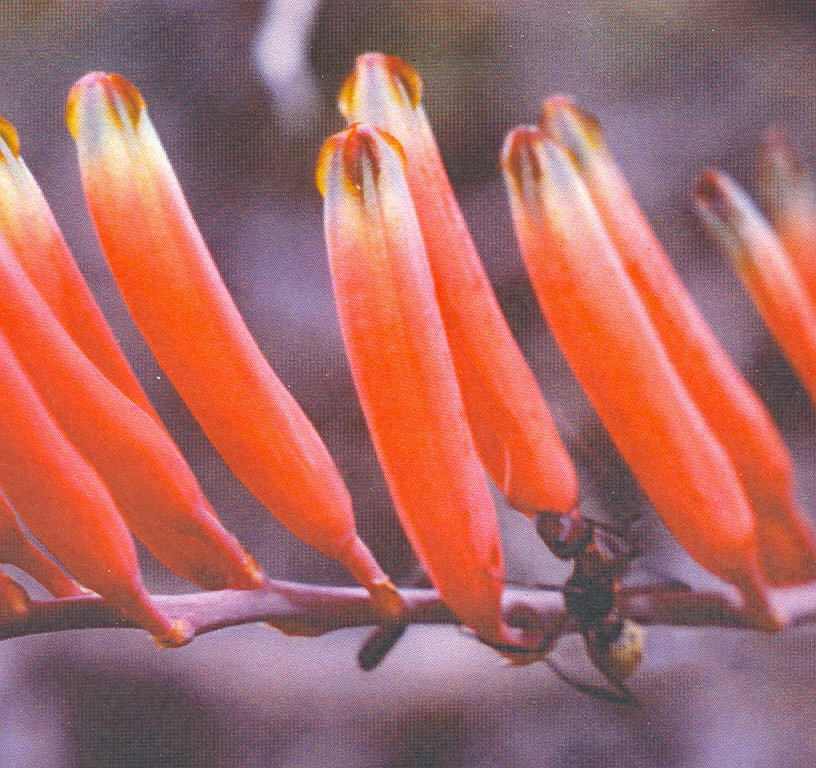
Fig. 1 Astroloba (sic. – Poellnitzia) rubriflora. 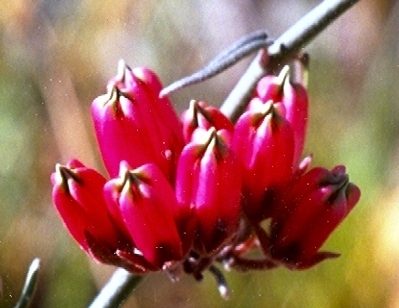
Fig. 2 Microloma sagittata. 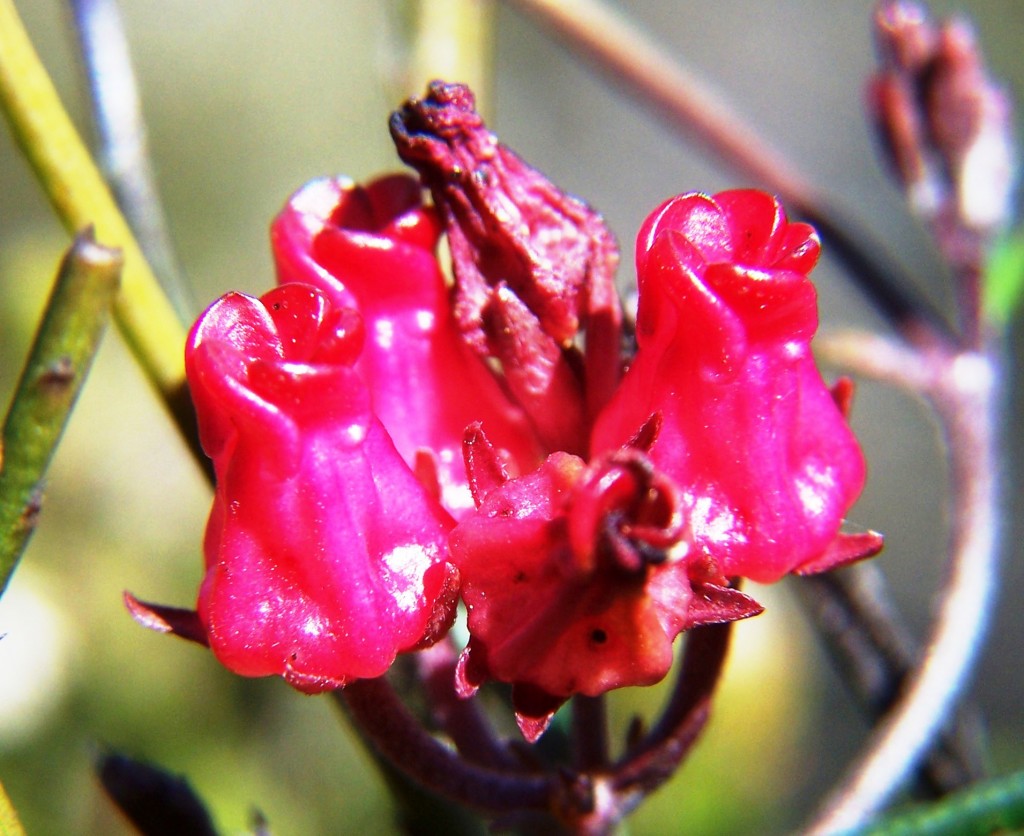
Fig. 3. Microloma tenuifolia.
Charles Craib’s decision is based on the usefulness of a classification in respect of his needs. He has kindly sent me a recent manuscript discussing the merits of a new species of grass Aloe that he recognizes from his own knowledge and experience is a product of poor taxonomy. This brings me to the conclusion that taxonomy is not science as I have so often tried to say. Latin names are simply nouns and all that is necessary is that people using names know to what is being referred. A simple example is the fiasco of the name change from Aloe bainesii to Aloe barberae. After 40 years or more where all and sundry have happily used the name bainesii,somebody discovers that another name precedes it by the thickness of a sheet of paper. Aiding or compelling this change in my attitude, I have to admit that my own classification of Haworthia no longer really meets my needs and in the climate of taxonomy that I experience, I am not sure what should be done. Thus in this article I am going to examine what I consider to be a good example of the problems any taxonomist who ever gets a good enough sample will eventually face. The question will have to be asked – are species real?
The area under consideration:
This is the area east of the Goukou River which bypasses Riversdale, then to south of the high Langeberg Mountain range and reaching Great Brak in the east. The southern limit is virtually the N2 national highway between Riversdale and George, although my sampling drops south of the N2 approaching the Gouritz River from the west, and dropping south to the sea east of the river. The altitude is from sea level to about 250m. The rainfall is moderate and generally falls in winter, although it would be sensible to note that the area is really a westerly extension of the all-year rainfall area forested coastal strip between Port Elizabeth and George. The vegetation is coastal renosterveld although there are areas of Karoid Valley Bushveld especially along the river valleys. The geology is very complex and plays a critical role in plant species distribution and occurrence because the soils are very skeletal. It is often the case that Haworthia is associated with exposed rock where biomass potential and vegetation competition are low. There are five main geological groups represented in the greater Southern Cape area, and the study area is different in that it is dominated by a geologically differentiated formation of the Bokkeveld shales – different to the same formation which dominates west of Riversdale. A subtle factor is that this eastern formation produces, as a weathering product, a range of clays and minerals significantly different to those from the western formation. The eastern part of the study area is dominated by rocks of the more recent Uitenhage formation; while south of the N2 (outside the study area) the formation is the most recent Bredasdorp formation.
I asked Jan Vlok for his views on what may make the area ‘different’. He replied…”Something I have noted repeatedly is how important river drainage areas are in determining vegetation units and pro parte also those of localised endemics. I have been wondering about the issue why river drainage basins would be so important; and currently think they reflect the complex interaction between several factors – geology, rainfall, landscape of area and in thus the history of the evolution of the area. Sessile organisms – especially plants with limited seed dispersal abilities are obviously strongly affected by these factors.
In your area of interest we have one very important role player – the Gouritz River. It tended to obliterate everything in its way cutting away habitat at a relative fast rate, thus creating many new micro-habitat sites for species to establish from the north and some coming in from the east-or-west. It’s a real “bastard” area with hybrids swarms of e.g. Tritonia and Watsonia species rather common. I guess they are “species in the making”, yes, they look very different from other populations but with no clear cut morphological characteristics (the latter painful from a taxonomic point of view, but great from a functional evolutionary-ecological point of view). Note here that less sessile organisms – especially with wind dispersed seed, e.g. orchids and for that matter asclepiads are less restricted from re-colonising or finding suitable habitat in adjacent river systems. So e.g. Duvalia immaculata has much more freedom to hop from one habitat, over the watershed into the next system, than any of your Haworthia species has. Those have to do the slow march, finding it difficult, but not impossible to cross the river or watershed, and much more slowly. This implies that in the Great Brak to Riversdale area, an east-west dissemination of Haworthia populations has been relatively slow – selecting for numerous micro-habitat specialists, but perhaps each population representing nothing more than parts of one large meta-population.
East of the mighty Gouritz we have the Brakke drainage system (Groot & Klein Brak Rivers). Much smaller & slow cutting into the landscapes, thus greater stability in micro-habitats – added is slightly higher rainfall and certainty of rainfall. Thus no surprise that some populations have evolved to more discrete entities, you call them Haworthia parksiana and H. kingiana.
West of the mighty Gouritz we have the Goukou drainage system. Clearly much more stable as in cutting away the landscape than the Gouritz, but still supplemented by some summer rain. In terms of vegetation mapping I found the area really difficult. Had to look at every corner as I could not predict what will occur where. The closely related sister to the west, the Duiwenhoks has been equally challenging, except that things started panning out better. I guess its related to less reliable summer rain, thus summer drought stress. It is also a less might river, with an odd geology – suddenly conglomerates reappear. So in the Duyvenhoks plant populations start taking on unique characters – as well as do the common and dominant species of the plant communities they occur in.”
Jan Vlok confirms my opinion that the only real factor in the biogeography apart from the complex geology at Great Brak, is the Gouritz Valley. It is mainly the geology which seems to impact on H. parksiana and H. kingiana. The river does not affect either H. minima, or H. turgida. There is some doubt about the interaction and variation of H. chloracantha and H. floribunda across the valley. The populations (splendens, fusca, esterhuizenii, vincentii and argenteo-maculosa are in my opinion a series of consecutive populations which can be regarded as a continuum unbroken by the river valley. There seem to be very few species or any other biogeographical evidence to suggest that Haworthia has been impacted on.
The Haworthia populations:
Those considered here refer only to the species of the subgenus Haworthia and exclude H. variegata, H. floribunda and H. chloracantha of that subgenus. One must assume that by this stage, most of the relevant populations are known although I cannot claim to have personally explored the full potential of the area. Altogether I know of 29 populations which need to be considered in terms of their probable taxonomic affinities. They are listed according to my interpretation of the present available nomenclature as follows:
Haworthia turgida (Haworth 1819)
Draaihoek, N Draaihoek, Valsch River, Wydersriver, Ouvloere, Die Eiland, Gouritz bridge, S Gouritz Bridge, Brandwacht.
Haworthia pygmaea (von Poellnitz 1929)
Herbertsdale, Dumbie Dykes, Mosgas, SW Klipkop, Klipkop, Great Brak, N Great Brak, W Great Brak. (The vars crystallina and major (Pilbeam 1983) are not population based entities).
Haworthia magnifica var acuminata (Bayer 1976)
West bank Gouritz at Melkhoutfontein (three separate populations), Vleesbaai.
Haworthia magnifica var dekenahii (Smith 1944)
Draaihoek.
Haworthia magnifica var argenteo-maculosa (Smith 1945)
Cooper Siding, E Cooper Siding, Humor
Haworthia magnifica var splendens (Venter & Hammer 1998)
Soutpanskoppies, Snymanskraal.
Haworthia magnifica var esterhuizenii (Hayashi)
Aasvoelberg.
Haworthia magnifica var vincentii (Breuer)
Welgevonden.
Haworthia magnifica var fusca (Breuer)
Paulsfontein.
These populations are generally isolated from one another to some degree and it is evident that there are four taxonomic units represented by single populations.
A taxonomic species overview:
Of course the two words “taxonomic” and “species” used together is tautological as taxonomy is the classification of biological entities of which species is the prime unit. We have to consider what could now be species in terms of some definition, and in terms of all the other populations both inside and outside the study area. In this case there are a great many elements which fall in the same class within the same subgenus of Haworthia. I am not aware of anyone who has really addressed the issue of what comprises a species in the family Aloaceae and certainly not in the genus Haworthia. Breuer did essay a “concept” of Haworthia species, which was in fact a listing of species names for the genus and had nothing to do with questioning the nature of those species. This is in my observation a critical issue in most taxonomic work and it is the subject of many learned publications. I have already made my voice heard on the subject on many occasions and am not going to repeat any of my misgivings other than to say that I want to discuss the above populations in respect of a definition for species which I have fashioned for myself from experience and from a very wide literature.
This definition is that species are dynamic fractal systems of living organisms which are morphologically, genetically and behaviorally continuous in space and time. My attitude is that species have to be considered as phenomena in a creation and that these are spread in space and change with time. When assessing any plant as a species, one has to ask where it comes from, what its attendant companions are, what their variables are, and what their spatial relationship is. One also has to ask, what is all this in relation to geographical considerations including geology, topography, drainage systems, climate, vegetation and other plants of tangibly different families and genera? My experience with many taxonomic works and workers is that it is extremely difficult to approach the subject without extreme caution and also expect a considered response. While I have touted the view that classification is science, it most definitely is not managed in that way. It appears that there are two completely different needs that are met in classification. One is the purported one of botanical science, practiced mostly by herbarium based botanists or in present time, by institutionalized “gel-jocks” trying to lay bare the mysteries of DNA. Both are handicapped by the material available or sampled for their work, AND by their field expertise. The second need is that of the collector who simply needs a name by which to communicate with sources of plants, with other collectors and to have some measure of the difference in appearance of the plant from others he/she knows. Thus both needs will have to be met within the limits of the material known, seen, examined and experienced, and according to the competencies of the scientist, botanist, chemist, collector whoever happens to need an appellation for a plant. Taxonomic accounts and revisions are simply a product of the competence and experience of the writer limited also by the extent to which material, seen and sampled, matches or represents the reality. The term reality also has a special significance and one can rightly ask if this creation and its phenomena have any reality.
The evaluation:
I do this evaluation in the light of a synopsis of Haworthia which I submitted to the SA Biodiversity Institute for a flora of the Eastern Cape. That synopsis generates the question of how the species of the Western Cape should then be summarized. Quite fortuitously a parallel, although minor, problem seems to be resolved. In about 1976 I suggested that the flora of the Cape would never be understood until it was recognised that the true biome nature of the vegetation and the present-time Cape Flora was that of a Winter Rainfall biome stretching from Southern Namibia to the Eastern Cape. This now appears to be reflected in current botanical thinking where the Succulent Karoo is seen to be intimately linked to the Fynbos. The impact of this is that one really needs to re-think how species elements of the Southern Cape, are linked to those of the Little Karoo. Fortunately this does not really touch the elements I will discuss in this article although there are some peculiarities. For example, there is H. parksiana, H. kingiana, and Duvalia immaculata which are endemic to the Mossel bay area, while H. minima leapfrogs the Langeberg to occur in the Little Karoo.
What is more important is the present classification (of mine) which links most of the elements I am dealing with, to H. magnifica that is in the Riversdale/Heidelberg area. The other principle elements outside the study area bearing on the discussion are H. retusa and H. mutica.
Outside of vegetative physical appearances, there are only two really tangible pointers to relationships. One is population structure and co-existence (do the populations share close habitat or not), and the other is flowering time. Physical appearance is fairly helpful in that there are quite notable differences. There are plants which are generally light coloured and which are either adapted to steep rocky habitats as clumping cliff dwellers or are generally more solitary and adapted to level habitats. These are spring flowering. Then there is a set of populations in which the plants are very seldom in cliff habitats, are dark coloured and flower in late summer.
The first spring flowering group comprises (for the purpose of this article) H. retusa and H. turgida. There is no doubt in my mind that these two are essentially the same species as they never co-exist. The actual situation is very complicated and the recognition of H. mutica as the western representative of H. retusa and which can be said to co-exist with H. turgida, is indicative of that.
The second summer flowering group is even more complex and it is possible to suggest that H. mirabilis as presently constituted, should be enlarged to include H. maraisii, H. heidelbergensis and H. magnifica just west of Riversdale. In the context of biomes I would be rational to suggest that such treatment would need to consider also the incorporation of H. emelyae in view of its possible interaction with H. maraisii.
In respect of the study area it is thus evident that we need to look primarily at flowering time as all the populations are essentially in the light-coloured ambit rather than in the smaller dark green one of H. mirabilis. I do not imply hereby that this is inarguable, but it is evident that we need to understand that in the west we have a triumvirate of possible species with two distinct flowering times, whereas in the study area there seem to be two main elements which are both essentially spring flowering.
How do different people see the situation?
A. Evaluation and observation by Gerhard Marx:
Both dekenahii ( Draaihoek) and fusca flower more or less together with retusa and emelyae (except major) in September-October. Both are in fruit in early November. In cultivation they also flower in March-April but I have never been able to visit them at that time in habitat to see whether they do the same. I would think so.
Splendens ( Snymanskraal/Soutpanskoppies) flowers generally (late Dec. to early February). It is the one and only flowering spell for splendens.
Argenteo-maculosa and (its ‘variant’) vincentii also flower together with dekenahii. In Grahamstown argenteo-maculosa flowered for me throughout summer and even into winter. They seem to do the same for Steven Hammer in Vista. But I think in the wild they also have two flowering spells, one in spring and another in fall.
I seem to remember the flowering periods of acuminata are exactly the same as for dekenahii.
Pygmaea from Great Brak and Mossgas flower exactly together with dekenahii , but argenteo-maculosa (Humor and Cooper Siding) flower later. They are still developing flower buds at the moment.
As mentioned above, H. emelyae major also flowers later than the ‘picta’ types and ‘breueri’. Major is only starting to flower now, while all other emelyae are just about done releasing seeds.
Thus at present I see the relationships as follows:
H. splendens (Soutpanskoppies/Snymanskraal) is a good species and stands isolated in terms of its flowering time, chunky and glossy leaves and slower growth.
H. dekenahii can perhaps also stand as a seperate species and fusca is definintely a variant, distinguished from the dekenahii by its red-brown colour (meaning no doubt the “rusty”-like difference) greater tendency to offset and geographical separation.
H. argenteo-maculosa – (which I feel it is such an inappropriate name!) – is another separate thing, although it shares superficial characters with splendens on the one hand and acuminata and even turgida on the other. Apart from different flowering time to splendens, it is much ‘softer’ and grows twice as fast and is also smaller with more acuminate leaves that are spotted along the sides. H. vincentii can probably be seen as a variant of argenteo-maculosa as they are so obviously similar, except that vincentii has fewer and longer leaves that are less heavily flecked and it is even more ‘tender’ (softer) than argenteo-maculosa.
H. pygmaea is fine as it stands, with Great Brak/ Dumbie Dykes/ Rooiheuwel/ Mossgas/ Herbertsdale all sharing basically the same characters and flowering time.
Argenteo-maculosa (Cooper Siding and Humor) plants are different in having heavier flecked and chunkier leaves and to me it is a toss of a coin whether they are seen as a variant of dekenahii or pygmaea.
Similarly I think acuminata can just as easily become a variety of turgida or dekenahii rather than of magnifica.
Another option is to keep dekenahii and acuminata variations of magnifica and add fusca, argenteo-maculosa and vincentii also as varieties. But then it is a case of giving them all the same ‘status’ where I feel that fusca and dekenahii are ‘unidentical twins’, while argenteo-maculosa and vincentii are an almost-identical-yet-different duo.
The above decisions are really based upon subtle factors and can be decided by tossing a coin. What I feel is important, is that splendens should be separated as it does not fit in well with the dekenahii–pygmaea bunch or 100% with the magnifica from Riversdale. In terms of flowering time I can see the logic of including it with magnifica and atrofusca, but then dekenahii and acuminata should be removed.
The analysis closes with the words … ”Wait, let is that me sign off before I write myself into a corner.”
A1. Reaction comment by M B Bayer.
There are two important considerations. One is that Gerhard does not profess to be a botanist or to be too concerned with taxonomy. The other is that he is assessing the situation in terms of his specific life experience in relation to all the variables I mention earlier. He does not see to have considered the many turgida populations and their variation, the Vleesbaai population of acuminata, and another important single population of pygmaea at Herbertsdale, and neither does he relate these to a greatly compounded problem when all the relevant known Western Cape populations are added.
My views are that splendens is significantly different because the two known populations are associated with ochre deposits. Fusca is on a less iron/ochre rich site. Dekenahii is limited to very few plants (and there were ever many) on shale. Can these very small and highly localized elements seriously be regarded as species in terms of my definition? Argenteo-maculosa and vincentii are associated with table mountain sandstone. The argenteo-maculosa populations are also linked to sanstone while the acuminata populations are linked to old river terraces and the Vleesbaai population is linked to sandstone again. The Hebertsdale population is related to Uitenhage conglomerates and all the other pymaea’s to an array of substrates around Mossel Bay, Little and Great Brak.
Turgida occurs on steep rocky river banks (shale cliffs) and in two places can be said to coexist with pygmaea or dekenahii (Dumbie Dykes and Draaihoek). It is not outside the realm of possibility that the differences in vegetative appearances are responses to different habitat and substrate. It should also be noted that the turgida var pallidifolia was described from Draaihoek too. I saw such clones at the site when I visited the area in ca 1972, but on a recent visit no such light coloured clones were apparent. The population further down the Valsch River is also highly patterned as are those at Draaihoek. It should be noted that there used to exist another population to the north of Draaihoek which I would have equated with H. turgida var longibracteata from the Heideberg area or lower Goukou River at Riversdale. The population at Wydersriver is not known to me apart from photographs of G G Smith and also seems to fall outside of the ambit of turgida var suberecta as I classified all these eastern populatons of turgida. The one population which I recently examined was on the Wyders River northeast of Ouvloere (Albertinia district) where the plants definitely suggest affinity with vincentii. Examining my photographs, which are reproduced with this article, I thought there was a remarkable similarity between clones of fusca and argenteo-maculosa at HumorumorHumor.
Of course one can adopt a different species definition and even suggest that simple superficial resemblance of a minimal sample is adequate for an opinion forming process. It is certainly difficult to even attempt to examine how these populations became isolated or even to ponder exactly how isolated they really are in relation to pollination mechanisms and seed dispersal.
A2. Response by Gerhard Marx to the re-drafted manuscript:
I do not know whether to feel flattered or embarrassed that you took my loose comments upon the splendens/pygmaea/turgida group so seriously. Only a few minutes after sending the e-mail away, I wanted to add more questions and comments that partly contradicted the ones I sent.
It is really a complicated puzzle, particularly if one takes flowering time in consideration. When I look from dekenahii to that chunky atrofusca and to fusca and splendens, I do feel that they really neatly fit as varieties under the same species. But then splendens‘ flowering time removes it distinctly from the others and I do not know what to do with that fact.
I feel that then splendens might just as well be thrown in with H. emelyae because of the obvious similarity in appearance. The Moerasrivier/ Saffraanrivier area form of emelyae even has almost the same ‘pimpled’ upper leaves and some glossiness. However, I must say that I do like your proposal to have the whole bunch under H. pygmaea. From a collector and non-scientist view as my own, it feels good and definitely an improvement upon he dispensation as in Haworthia Revisited.
There have been brief moments when I even wondered why they can’t all be retusa. When I first saw H. fusca in the wild I was convinced it is a form of retusa. And after comparing it in cultivation with dekenahii, I became convinced that it is closer to dekenahii. Looking at your Herbertsdale pygmaea photos, I can clearly see shades of acuminata in them, as well as argenteo-maculosa ( particularly Cooper Siding) and, of course, Mossgas pygmaea. This supports the idea of having them all as varieties of one ‘superspecies’. But I can find it easier to see esterhuizenii linked to pygmaea than retusa, so that is why I like your idea of having pygmaea as the umbrella species.
To my mind there remains the problem with splendens‘ flowering time that matches up with the mirabilis and atrofusca/magnifica group. And mutica, of course, is again linked to the pygmaea group in terms of flowering time. Particularly if you enlarged our concept of the mirabilis complex with new introductions like ‘shaggy dog’ and plants from ‘Die Kop’ etc.. Maybe splendens could even fit in there.
I really don’t know. That is why I often said that at times I have some sympathy other taxonomists that are inclined to call each differing population (or plant) a separate species ! It is just so much easier.”
A3. Response by M.B.Bayer
To this, my response was…”it should not be found to be embarrassing – I think this is perhaps what influences taxonomy and why you do not want to be seen as a taxonomist. You are a taxonomist – we all are. Science and especially nomenclature have put a shroud around the whole process to suggest only those really in the know can make a good decision! What you have not done – and it is not a failing – is to consider the variants of turgida. Flowering time has to be considered with the same reservations as any other character and in the end I think it is an intuitive judgment which has to be made and not a product of scientific reduction and pedantry.
The inclusion of emelyae just adds more problems because there is a whiplash onto heidelbergensis and paradoxa via major and multifolia – and there are no clear answers to that either. The variation just folds back on itself. Hence my references to “fractal” – endless variation never repeating itself! My end point looks as though there is no solution except by consensus in which contributors also recognise intellectual and experiential boundaries?”
B. Comment by anonymous knowledgeable collector:
“About your ms. I understand that I am looking at it as an under-informed collector, and it makes me realize how completely I have failed to keep up with current writings on haworthias. But like our old friend has demonstrated time and again, ignorance is no obstacle to the collector in offering opinions.
I do agree with you that the populations between Albertinia and Great Brak need – to use your words – a sensible and practical handle. Your ms., however, has not persuaded me that it offers such a handle. From my point of view, to reduce these populations to two species obfuscates rather than clarifies existing population differences. To base your conclusions primarily on flowering time sets aside the differences in physical appearances which have so fascinated us and which have seemed so important in the designation of species. But that must be your objective? The ms., however, does not offer, at least to me, sufficient argumentation that flowering time can be used to solve, or resolve, the Albertinia-Great Brak population
differences. And almost as an aside, I must note that, while you write that it appears that there are two completely different needs which are met in classification, you are willing in effect to set aside the collectors’ needs in order to reach a conclusion. The dual naming system which some of us now use because the existing formal system does not meet our needs is bad enough; no need to make it even more prominent by encouraging it.”
B1. Response by M.B Bayer:
My response to this was…”May I incorporate your opinions as I have done with Gerhards?
I think the point which you may miss is that essentially the naming system is for botany, in fact all of biology, and there should be only one goal viz the recognition of living systems. There is absolutely no reason for collectors to insist that latin binomials are required for their activities. Why on earth cannot collectors use H. pygmaea “splendens“, H. pygmaea “Herbertsdale”, H. pygmaea “vleesbaai”, turgida “pallidifolia“, turgida “sub-erecta” turgida “Wydersriver” etc. What more do they need? It seems fairly obvious to me that there is just a veneer of pretence that the latin names mean something more and which they aspire to? There is no way that anyone else is going to arrive at a classification of these populations
(considering all of them) which is more meaningful. What we see in Haworthia is that physical appearances, as variously we see them, are not aiding identification or classification and flowering time does offer a view of a system which reflects over the entire series of populations. But in nortieri I can show that flowering time does NOT do so!
I cannot see how you say I am setting aside collectors needs. I am a collector and I want a system that is true and reflects what I know and experience. This is why I started fiddling with the names in the first place. Why have we so often considered that place names should be used? It is all very well and good for collectors with plants bearing names as they were obtained, to insist that those names have meaning and are immutable as opposed to those who have unnamed plants for which they need a designation.
I spent some time in the field with nortieri. This is a species which is grossly under-represented in collections in relation to field abundance. It must be one of the commonest and most widespread in terms of actual occurrence. We have the names globosiflora, devriesii, albispina, pehlemanniae and agnis as well as nortieri montana and gifbergensis and it is the most under-collected species of the genus. We do not have names for Arizona, Ouberg Pass, Opdie Berg, Moordenaarskaroo, Hex River Pass, Blinkberg, Breekranz, Nuweplaas, Dwasriver, and a few others which could be said to be different. How many more names are we going to generate based on existing approach? This does not worry the collector who is glad to have new names entering the system slowly enough for him to afford to add them.
What I am now saying is that there has to be an agreed system and that it is up to the collectors themselves to come forward with some sensible proposals. As a group they definitely do not have any idea of biological systems or even much grasp of nomenclature, the controls it puts in place and the problems that they also creates. I think I have said elsewhere that I am perceived to be the “trouble-maker” when in fact I seem to have spent my life pointing out that we are basing our hopes on method and system which
offers no hope of stability or agreement.”
B2. Collectors reply:
The collector responded…”I fear that at the present we are far apart both in our individual
thoughts and how we understand one another. What to do? There follows several unconnected comments or thoughts of mine on your ms. But first, I don’t mine if you use anything I write, even if it to knock it down, but I would be grateful if you would not use my comments as you have Gerhard’s, with reference to me. To me, what I write are “private” views which may not be supportable and which I may change tomorrow, if not sooner.
I still cannot accept in my own mind the idea of using blooming time to formulate species. It is but one factor, and perhaps not even an important one, except where there are two species growing together.
Physical differences still seem the most important to me, per the difference between pygmaea in Great Brak and splendens at Albertinia. Are you not making physical differences important when you exclude certain populations like variegata from your ms? I thought that it was lack of physical differences between the plants at Horn Farm and those near Albertinia which led you to conclude that they were one species – which is going at the issue from a 180 degree direction.
The big “problem”, I guess, is really how to deal with the populations in the area which may or may not be connecting links, and which for one reason or another do not alone deserve species status. I just don’t have an answer. But I don’t think that “blooming time” solves the problem either. Rather, it seems simply to smother the issue.
You write in your ms that there are two completely different needs that are met in classification, yet you seem to give up the one, that of collectors, in your conclusions. If we are talking about taxonomy as the basis for communication, are you not giving up the importance of communication in the combinations that you propose? And yes, there may be two different needs, but why cannot the solution for this contain a system that meets both sets of needs?
I am not wedded to latin binomial names. We have previously shared an idea of the usefulness of including locality data in a haworthia name. Can that be done without challenging the existing classification system? Every population could be a forma, and then everyone would know in a discussion what plants were being talked about. I recognize the objections and impossibilities, but I think that it is a great idea nonetheless. Meanwhile there are not two collectors in the world who are going to
agree on a system for the use of collectors.”
B3. response by M.B.Bayer:
My response was…”Yes I do regret that our minds do not meet. This is the problem with
taxonomy – it is simply not science as I once wrote. I have by no means switched to using flowering time in the way that you suggest. I am recognising that better solution to the problem is needed. Cooper Siding seems to flower with splendens and not with pygmaea nor with Vleesbaai acuminata and nor with Humor. It is simply axiomatic that it is a factor which influences gene flow, but this is disrupted by isolation and what botanist can pretend to understand “island” speciation?. Variegata, floribunda and chloracantha
present a parallel problem to this pygmaea complex and the question of physical differences to the pygmaea lot is barely relevant. Would any haworthia taxonomist suggest they be treated as one?
My experience with other genera suggests that any two people, who truly look at these things in the field and grow them in the way we do Haworthia, will end up in the madhouse if they are looking for agreement. The very point I have been trying to make is that if classification is to make sense and be useful as a communication medium that it is agreement we have to prioritize. If any one thinks they have valid and strong opinions then they should express them, and they should not lose sight of the fact that Latin names belong to the realm of formal biology. What is the point in dissent which is not balanced by counter argument? In a recent journal an author has at least ten new names to occupy the place of my aristata. This is as if the use of the name aristata itself does not have the potential to generate waves according to the intent of the reader. I wrote at the very outset that my intent was a system of names within the domain of the South African flora as a whole. How will we ever get agreement if we do not even see that need? There is a huge trend to turn everything upside down using DNA technology and now I just have informed comment that standard morphological methods work better!
One should not actually express an opinion without recognising the fact that there is a physical record in the form of the herbarium collections (worldwide) which even take precedence over the plants in the field. Unless ones mind covers all those records how can valid can an opinion be? This is the reason why no two collectors can possibly agree – they are confined to the sample they hold in their minds.
You close with what I think is a fine solution. Refer to the populations by place name within a formal structure and it is that formal structure which I am trying to find.”
We did try to continue this exchange of ideas. My feeling was that it would be endless as the collector is not in fact in a position to evaluate or question any comment in respect of biogeography. Understandably he has to lean on the historic method of dependence on the evidence he has obtained from the material he has seen. Another consideration is that my decision is being influenced by what I think about the western populations where I suggest that H. mirabilis absorbs H. maraisiii, H. magnifica and H. heidelbergsensis. In response to his comments I redrafted the manuscript to explain this.
C. Comment by Steven Hammer:
“If you say that taxonomy is largely a farce despite the fact that it works surprisingly and exceedingly well, this sounds contradictory, though one could say that farces and comedies are effective. I suppose the problem is that one is unable to take taxonomy seriously in the way its “strict” pretensions would demand. But if it works in its fashion then all one needs to do is to analyse that fashion and say it’s OK for that purpose.”
His opinions are that esterhuizenii is far greener than splendens and lacks the capacity to “blush”. Of Dumbie Dykes pygmaea he writes…”it is different – big pale, flabby readily proliferous (lots of turgida traits). Thus it has echoes of vincentii too. But you can see all of those traits in Great Brak pygmaea too.”
In respect of habitat and substrate…”I think it is likely that the difference has its impact – consider the way both western splendens types have changed after a time in cultivation. Soutpans plants look as it they’d been digesting powdered white porcelain! They did not have this look for the first three years. Much more slowly, some of the Snymanskraal plants have acquired it too, while at first they resembled many magnificas, especially those with atrofuscan aspirations.” He adds that it is possible to imagine the Mossel Bay pygmaea transported to Soutpanskoppies and getting bigger and fatter.
In respect of formalities of nomenclature attaching a reality to the entire spectrum of names which they simply do not have, Steven writes…”I love this last sentence. I can see that each of the other elements can be seen as variant of, or a link to, of pygmaea. There are so many cross-links…”
He adds…
”Where orthodox taxonomy gets in trouble is in its hope for absolutes – we are told, for example, that splendens never has spots on its leaf backs. This is not true when one sees a large enough sample. It is true that most esterhuizenii’s have many more spots, much more often, but it is also true that one of the original esters – a Parisi plant – would have passed anyone’s inspection as a western (Soutpans) splendens. If that isn’t a proof of a connection I don’t know what is! It is also true that Parisi’s plants, and their descendents, can be distinguished from the Venter-Marx plants bred from material collected on the same hill – they have more ‘silver’ and are more delicate. That lineages can be distinguished on such a minute (if trivial) level tells us something. Haworthias are very malleable in a pot. If they are that malleable in a pot they must be malleable/shiftable in habitat too.
That brings up continuity. The gene flow may once have been a continuous flow in one direction, but the river’s dried up. So now we have islands in a dried-up stream. Collectors will always want to call splendens a species – it concentrates all the glamour of Haworthia in one shiny package. I don’t know what rank it “deserves” but I suspect it is the least trivial, or the most distant, of pygmaea’s ramifications. If this is pygmaea then it’s the most deeply transformed of the lot. Or it’s got some emelyae links, which would fit, by extension, the maraisii/emelyae link. I do think that co-occurence logic is the strongest logic possible. One can also look at Soutpans and say, hmm, no trace of turgida here!”
C. Response by M.B Bayer:
I do not consider that if the system works in the fashion that it does, and that it is OK for the purpose, that this helps. It is only working because too little is expected of it. The scientist/botanist believes that the names are providing critical information about species but which they cannot define, and the collector is content with a handle to attach to his plants or communicate about them. My contention is that taxonomy is not providing proper scientific content.
Illustration:
1. 7508. Draaihoek. Northwest of Albertinia and the type locality (the only locality) for var argenteo-maculosa. The substrate is Bokkeveld shale and the vegetation renosterveld. The locality has always been very restricted, with few plants and very unsubstantial. Although there might have been more suitable habitats available in the past, there is very little remaining.
2. Snymanskraal. splendens. The variant was discovered again almost solely due to the persistence of R.W.Kent althouth the next locality may be where Herre originally discovered it. This habitat is quite complex. It is at the convergence of recent sands, ferricrete/silcrete and shale. The ferricrete/silcrete is in a relatively flat-lying formation rather unlike the raised inselbergs that it forms in the west. The vegetation is largely Renosterveld, but with so much sand in the vicinity, there is also Coastal Fynbos.
3. 6751 Soutpan. splendens. Very similar to the preceding habitat and the plants are also very localized in the exposed ferricrete.
4. 7507. Paulsfontein. fusca. This habitat is also on the geological convergence described but here there seems to be high level river gravel which predominates.
5. GM Aasvoelberg. esterhuizenii. Parisi and Dunn seem to have been the discoverers of this population on the low northern slopes of Sandstone hills to the east of Albertinia.
6. 7102 Welgevonden. vincentii. A few kilometers further east, the locality is also Table Mountain sandstone but a different geological series to that at Aasvoelberg. This and the previous four records are in a very simple geographic line and there really is nothing to suggest any biogeographically differences in these habitats other than the detail of substrate. In the general way that Haworthia populations display some degree of observable continuity from one population to the next, so do the plants in these populations. The actual differences may seem quite large but there are parallels at many places for this ecotypification in the genus.
7. JDV86/75 Cooper Siding. argenteo-maculosa. The habitat is again ferricrete/silcrete on an interface with sandstone. Plants west of the siding are actually in Sandstone. It appears that the plants can be found eastwards along the sandstone ridge to near Humor about 10km eastwards. I do not think anyone has really explored the differences in the plants along this ridge. H. floribunda also occurs at the same site and I have seen a hybrid.
8. JDV91/39 Humor. argenteo- maculosa. The plants are on the low slopes of another sandstone ridge which parallels that at Cooper Siding and apparently a different series. I am not aware that anyone has given these plants an individual name, but would be justifiable in terms of all the other names in the series. The plants are quite strongly marked.
9. JDV87/97 Melkhoutfontein, Gouritz Bridge. acuminata. The original locality was destroyed by road-building and these plants survived in cultivation. Populations are also known to the south and north in the bank of Bokkeveld shale which borders the river on the west bank. The plants are odd in that the leaf ends are very acuminate.
10 MBB6747. Vleesbaai. acuminata. The discoverer of this population may be V. DeVries. The substrate is calcareous limestone. It is a similar formation to that at Stilbay where H. variegata occurs. The plants tend to be quite robust with a curious grey sheen in cultivation.
11. JDV9/135 Herbertsdale. pygmaea. Enst van Jaarsveld found these plants on a steep Uniondale conglomerate slope with H. chloracantha also present. The plants tend to be a large and flabby and not particularly attractive to grow, whereas in habitat they retain their tight soil-level leaf arrangement.
12. EA1200, 6813. Mossgas. pygmaea. This population was found by Paul Schoeman in samdstone just west of Mossel bay. It is important to note that this sandstone is the same formation that runs from south and east of Albertinia in a narrow band sloping down to near sea level at Mossel Bay. Populations 2, 3, 4, 5, 6, 7, 8, and 12 are thus along this band and its contact with younger tertiary formations.
13. ADH275. Northwest of Mosselbay. pygmaea. The geology is exposed ferricrete with river gravels. Adam Harrower found a plant with seed and grew the seedlings here illustrated. Notable is the appearance of plants with the crystalline papillae known in plants from Dumbie Dykes and from Great Brak.
14. EA1218. Klipkop, North Mossel Bay. pygmaea. The substrate is old river terrace. Etwin Aslander’s locality is now a housing estate. The plants are not much different from those in the previous record.
15. EAsn. Dumbie Dykes. pygmaea. The geology becomes very complex from eher eastwards as there is igneous extrusion.
16. Great Brak. pygmaea. Various collectors have plants from here. During the early years I observed pygmaea in four different populations in and near Great Brak. They are still present practically within the town, and a short distance to the northwest where they are in gravels. What struck me forcibly at the time was the similarity to H. mutica and in one close comparison of two plants, I could only separate them on the colour of the bracts.
17. MBB7512. Draaihoek. turgida. I will not illustrate more than four populations. Essentially it is significant that we have a situation which parallels that in the Eastern Cape where H. cooperi is is general the plains-dweller and H. cymbiformis the cliff-dweller (in the west there is a morphing and fusion so that cooperi var gordoniana is the plains-dweller and cooperi var picturata and H. transiens the cliff-dweller. In the southern Cape, the separation has been H. turgida the cliff-dweller and H. retusa the plains-dweller. The relationship is less consistent than is the case in the eastern contingent and the very complex continuity of H. mirabilis with elements such as H. heidelbergensis, H. maraisii and H. magnifica (which can be rationally treated as one) suggests that H. retusa should absorb H. turgida. In practical terms H. turgida is the predominant element, and the name retusa is taken because of the requirements of nomenclatural rules. It must be noted that the complex of populations that I have discussed in Haworthia Update Vol. 2 as H. mutica var. nigra represent a part of the interaction of H. turgida and H. retusa and thus in this light would all be H. retusa.
H.. turgida, supporting the contention that it is the cliff-dweller, occurs in the Valsch, Wyders and Gouritz river valleys on very steep sites. It is proliferous, so the plants are often in large shallow rooted clumps. The leaves do not develop the very flat and truncated end-areas as do the plains-dwellers. As far as I am aware it only occurs at two localities east of the Gouritz River. One at Brandwacht north of Mossel Bay and I believe at one east of Little Brak. Only at Draaihoek is it in very close proximity to argenteo-maculosa. It is at this locality where turgida var. pallidifolia was collected. It is both curious and co-incidental that I did observe one or two very pallid plants at the time of my first visit to the site (now apparently no longer present) and formed an impression that the separationof argenteo-maculosa and turgida was actually a question of ecotypic adaptation. A population I did sample was present about 1km north of Daaihoek in which the plants were more comparable with turgida var. longibracteata and these did influence my impression. That population seems to have disappeared as the area is very disturbed (largely due to the dense hyrax population) and I could not find it on a recent visit.
18. 7105 Ouvloere. turgida. The plants here have the same rather obtuse leaves which prompted me to recognize the variety sub-erecta, but I was also struck by the change in the mottling of the leaves and the similarity to this in esterhuizenii and especially vincentii.
19 ADH397 Gouritz Bridge. turgida. This is the well-known form of turgida which once passed under the cultivar name “rodinii” for which Die Hell, up-river in the Swartberg Mountains,was incorrectly given as the origin.
20 EvJ16716 Schoemanshoek, S. Gouritz Bridge. turgida. This is very similar to the former and again from a cliff habitat. There is of course a similarity to acuminata which is only a few kilometers away on the sloping rocky banks of the river. That does vary from the pygmaea complex where I would include it now, as it also tends to be proliferous. I consider that this emphasizes the tight relationship of H. pygmaea and H. retusa (turgida) rather than supporting any reason to fragment them taxonomically as we have done in the past.
Conclusion:
If I now am required to produce a synopsis which makes broader botanical sense, rather than meeting just the needs of collectors, I would suggest that it is mutually agreed that only two species be recognised. These are H. retusa represented by the populations cited here by the name H. turgida and with the rider that in fact H. turgida should be incorporated under a wider acceptance and recognition of H. retusa; and that ALL the other relevant populations in the area under consideration should be treated as the single species, H. pygmaea. For the collector I would seriously suggest that the formal ranks of subspecies or variety simply be ignored. The species name is used and in inverted commas any other name that is useful to popular discussion and communication. The formalities of nomenclature attach a reality to the entire spectrum of names which they simply do not have. Names are being used to register collection, acquisition, possession and personal achievement, and are recording very little botanical information and understanding of the extraordinary nature of living things.
A prominent taxonomist was very dismissive of my opinions and cursorily explained that…”Yes, species are real, and defined well by their ability to cross freely and produce offspring which again crosses freely. This has been studied and demonstrated since 1750 or so (you may remember that I talked about this in one of our discussions on the subject), but it is naturally not easy to dive into so much work including following up several generations etc. And since related individuals are similar looking, the reciprocal conclusions that similar objects are related has unfortunately been used as being true, which it is not. And yet, species are the only natural unit in the whole of taxonomy, which to determine is the crucial point. Perhaps this sounds rather like the famous Dicta of Bessey, but after having dealt extensively over 38 years by now with species boundaries in teaching, reading, theory and practice, in different vegetation zones and many different groups, I come back to old definition first given by Ray in 1682: “Group of plants derived from common seeds, reproducing their typical features by sowing” and used by most taxonomists since.”
My contention is that this definition is grossly inadequate as it under-estimates the degree of variability that can occur within a species, not only inherently, but especially in relation to spatial distribution and adaptation.

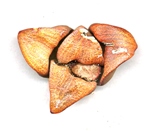
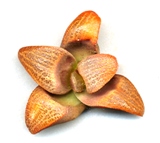
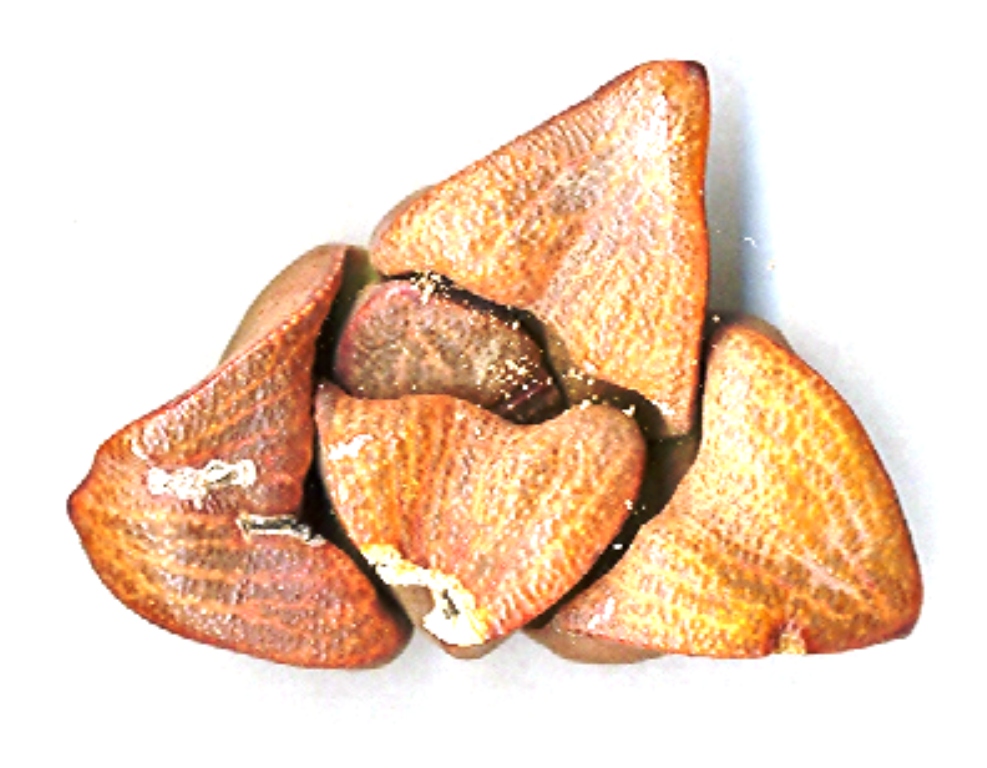
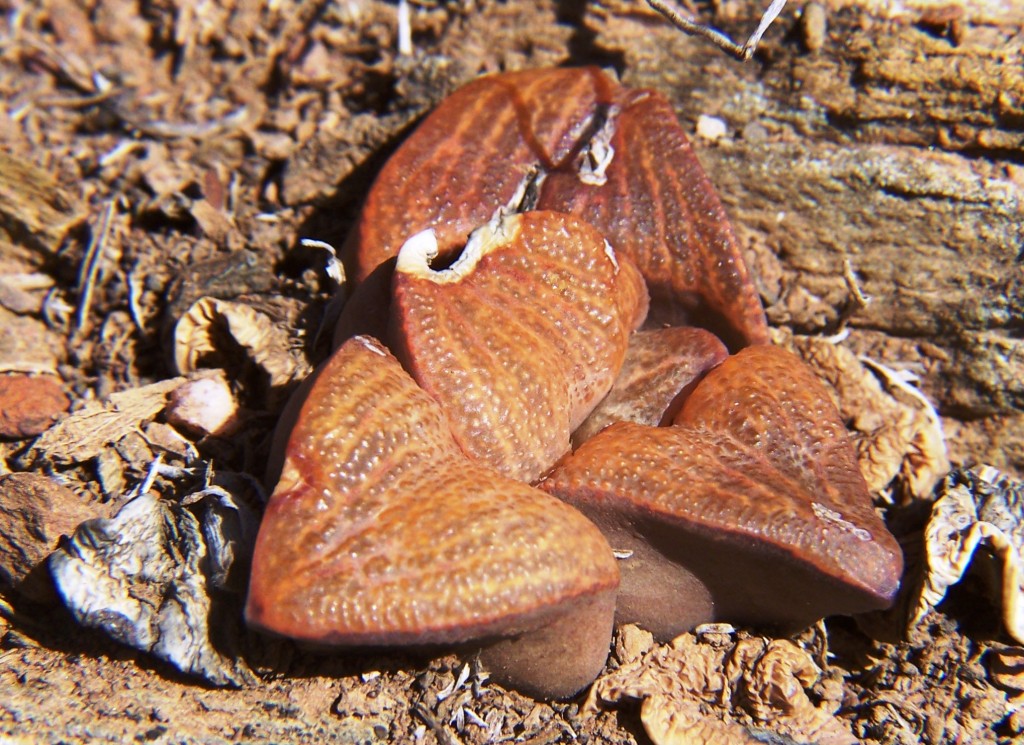
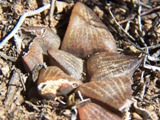
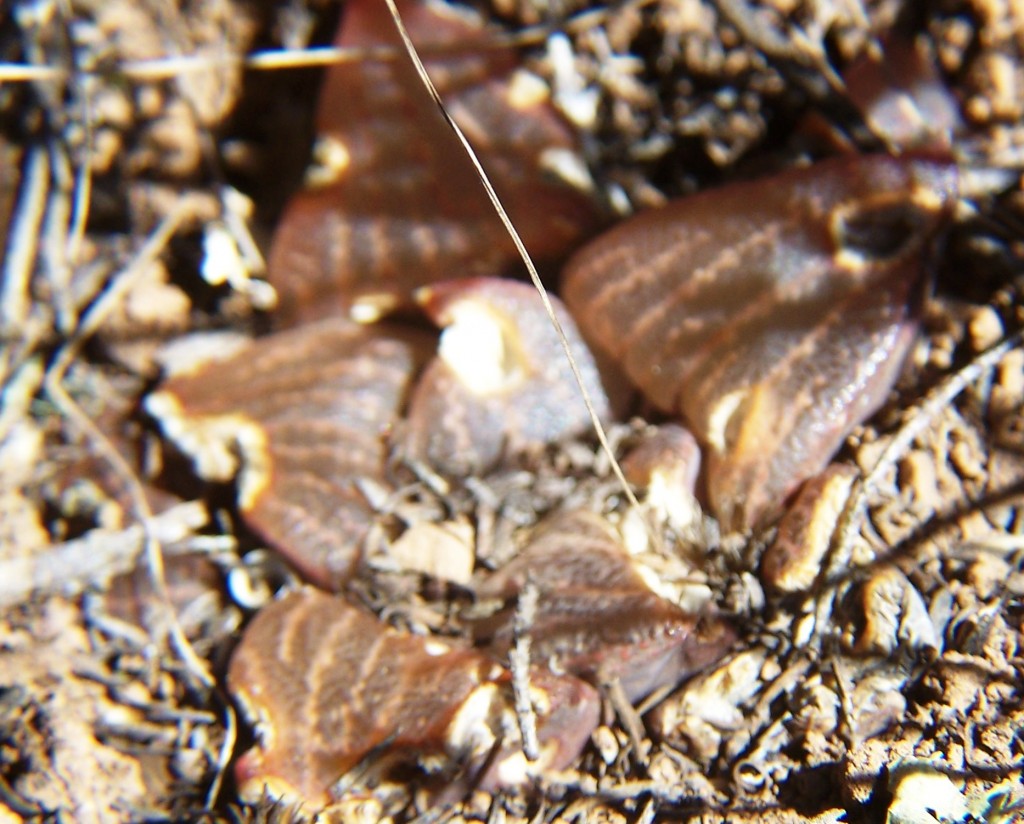
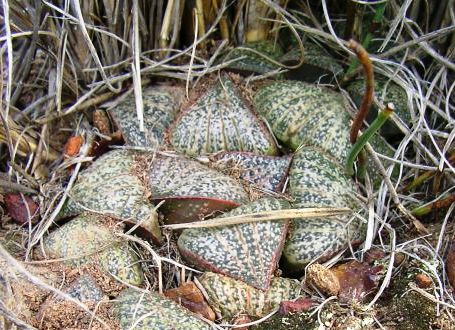

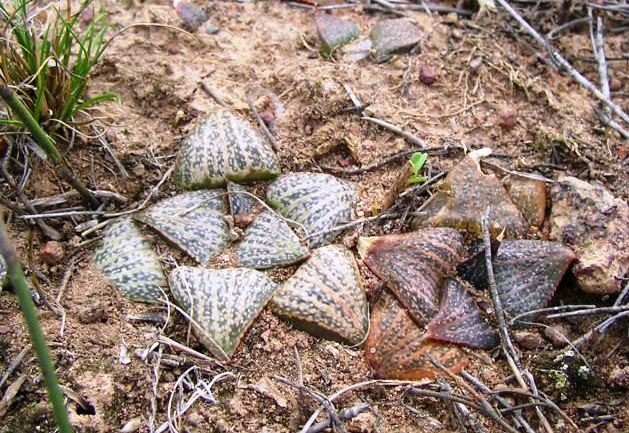
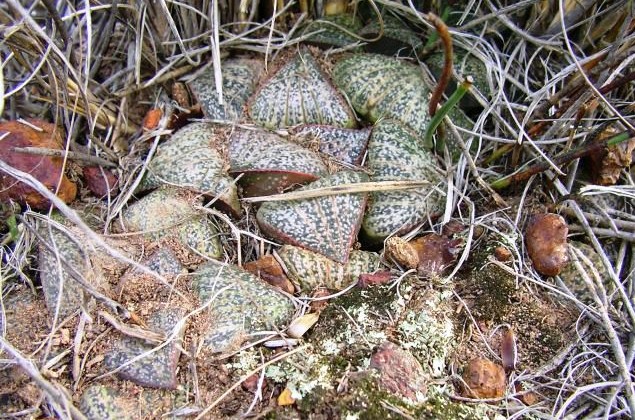

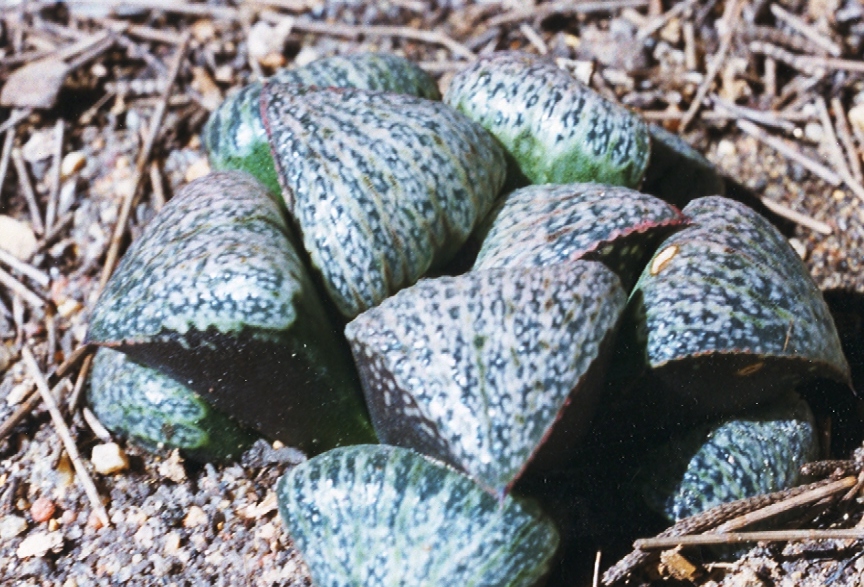


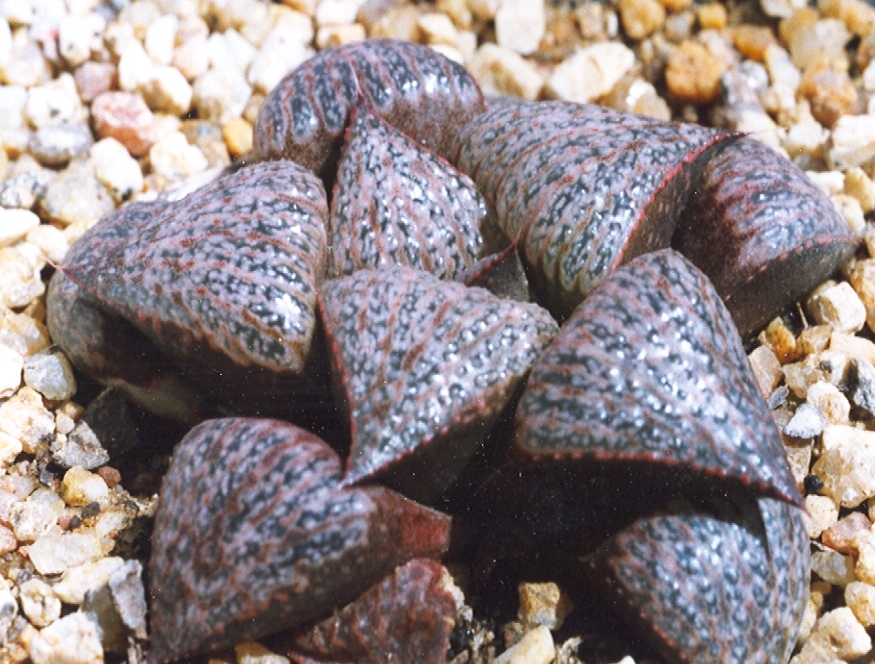

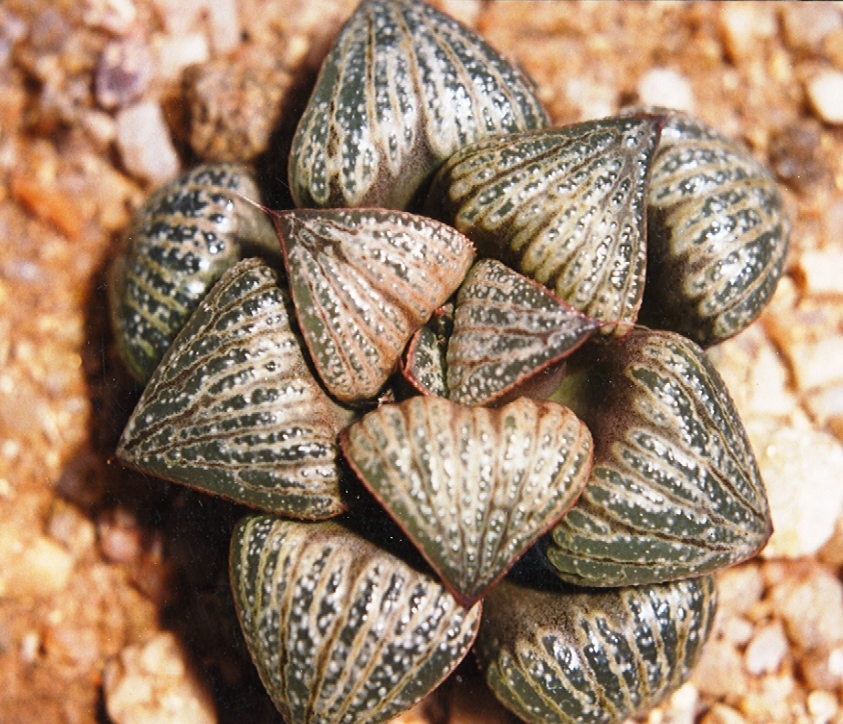
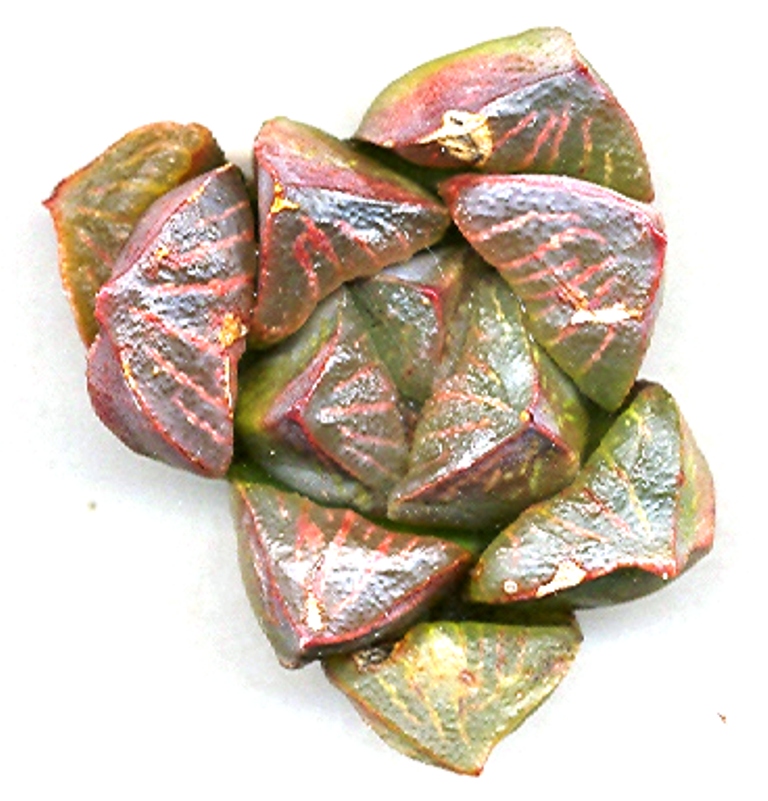
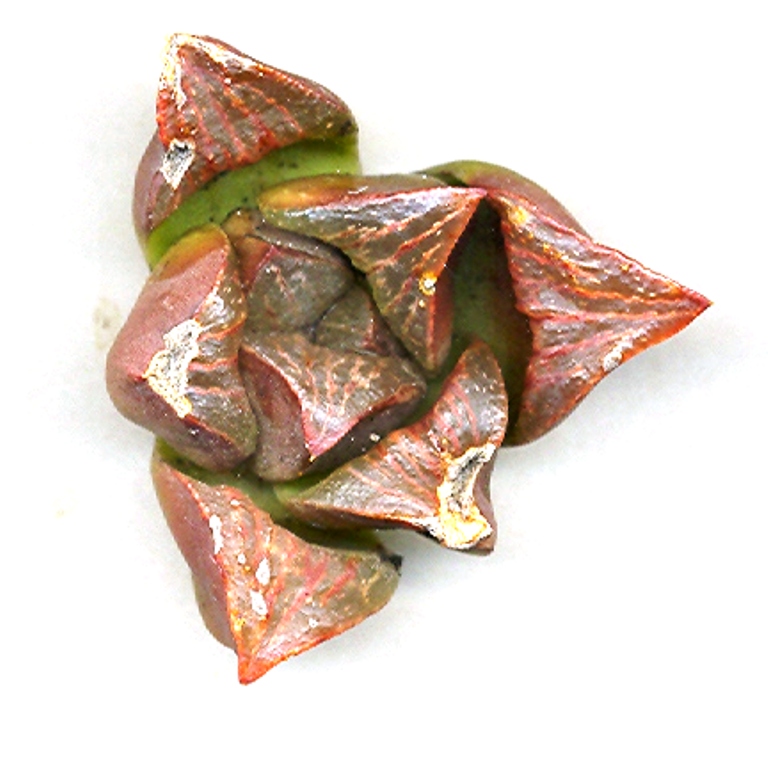
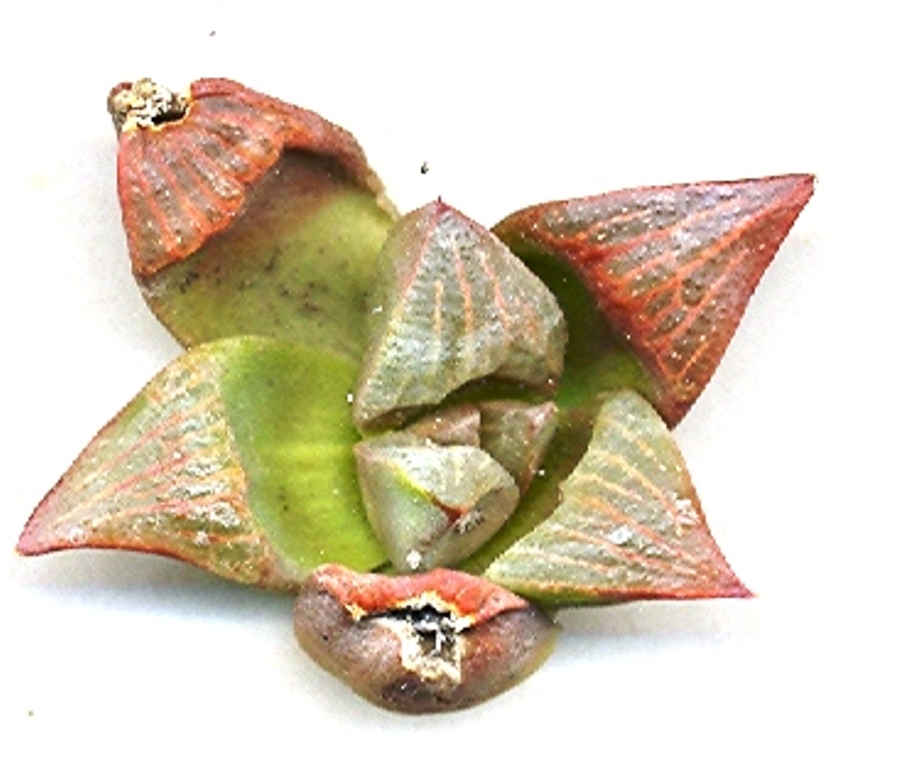
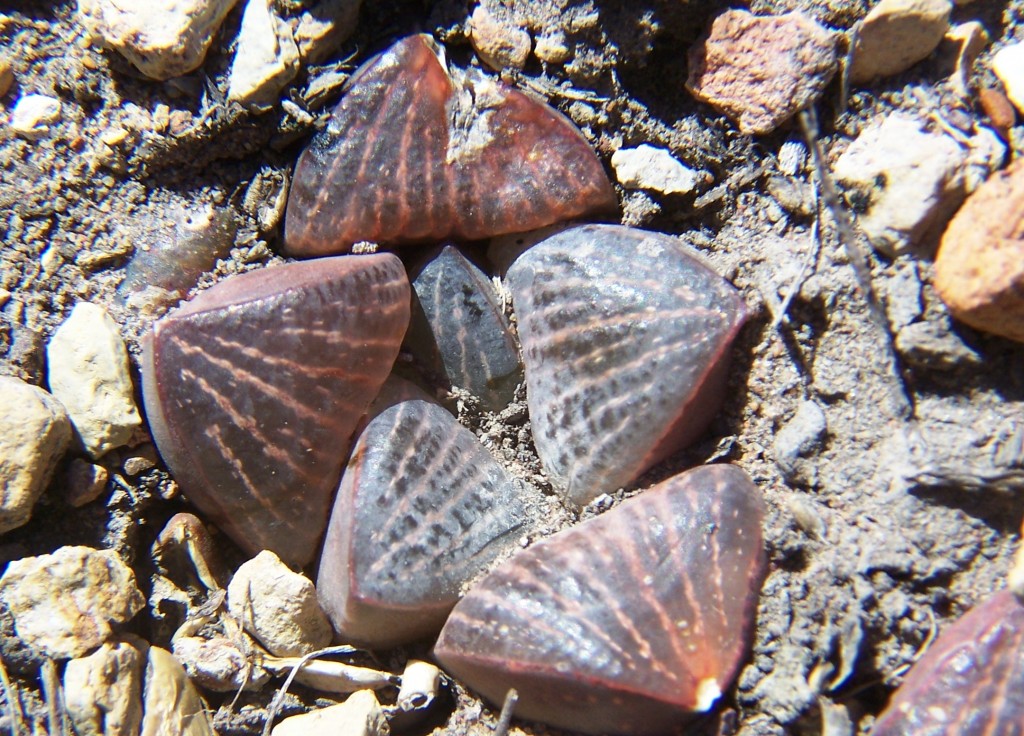
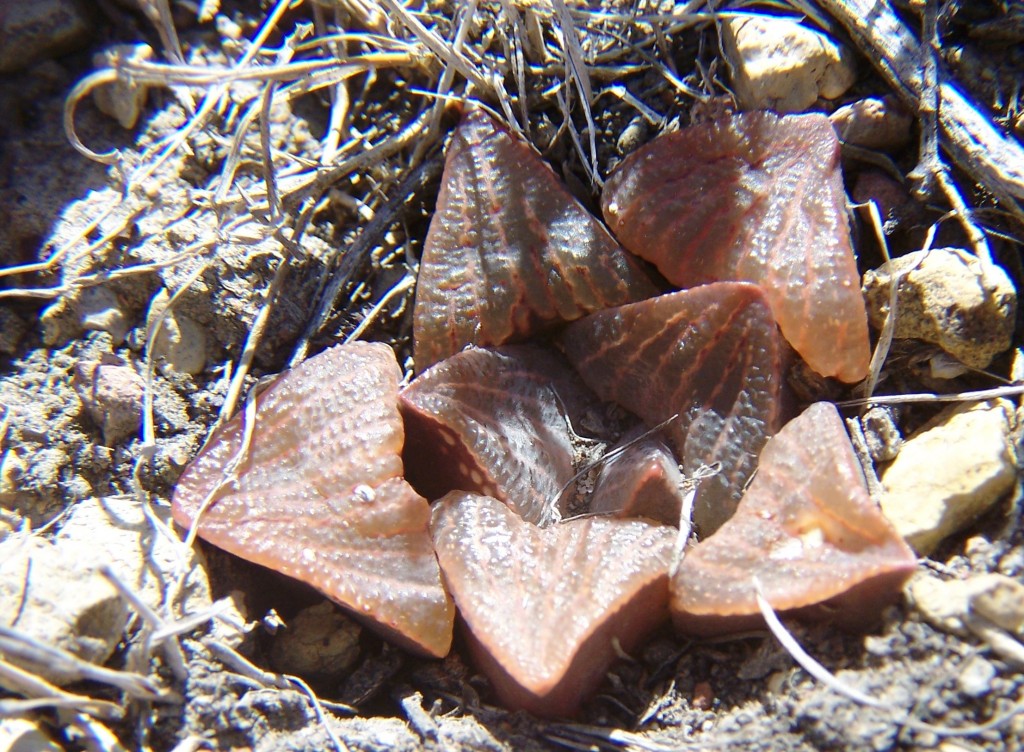
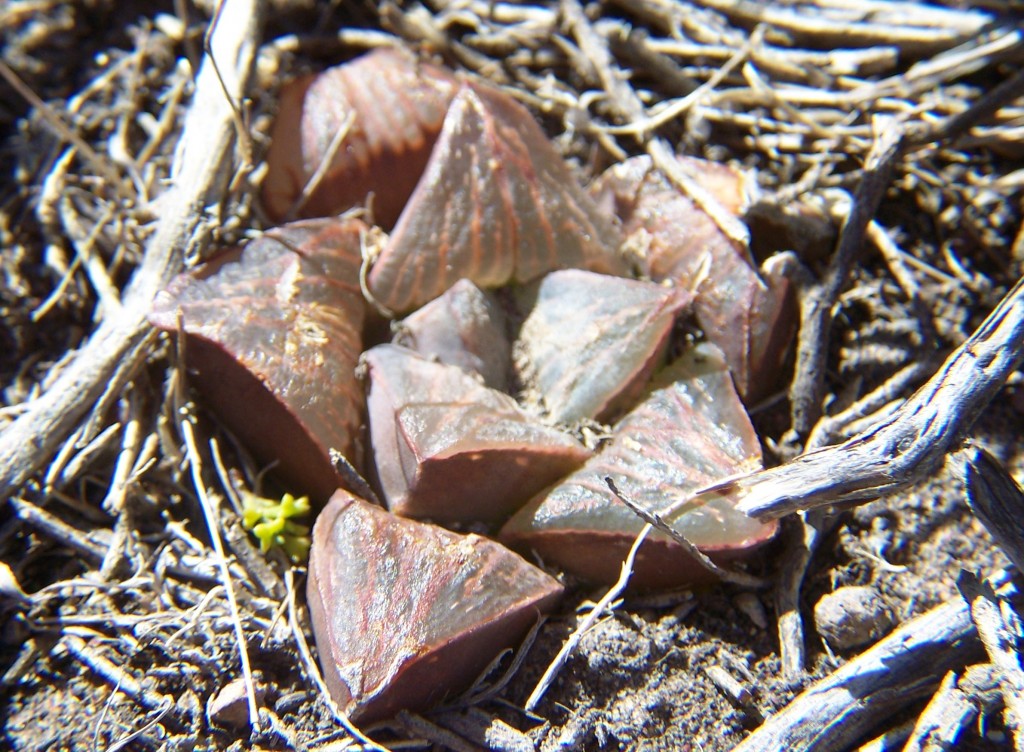
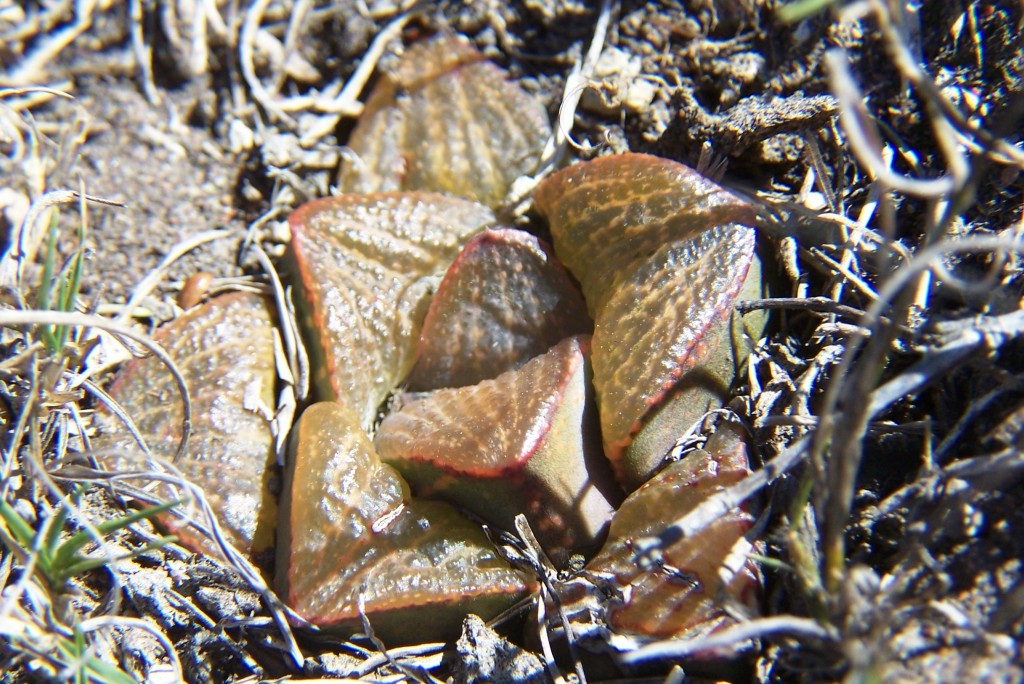
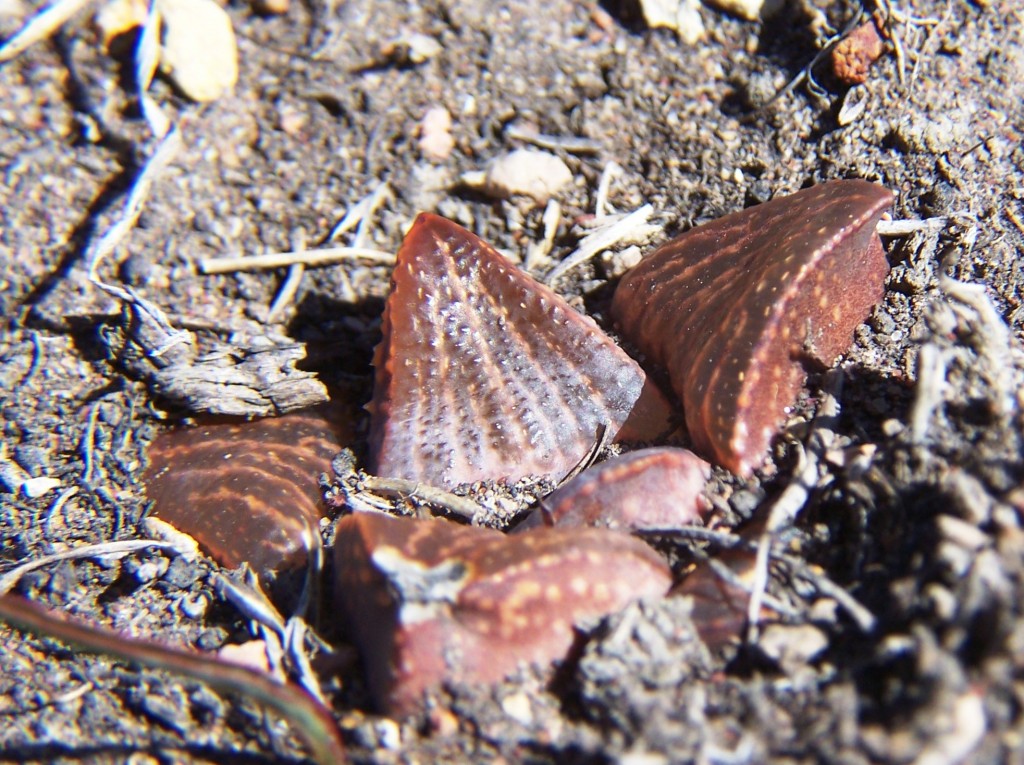
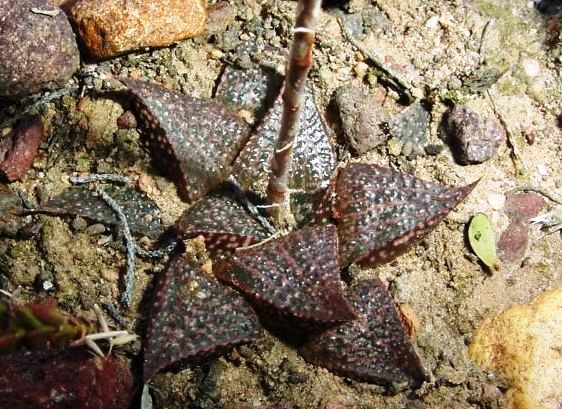
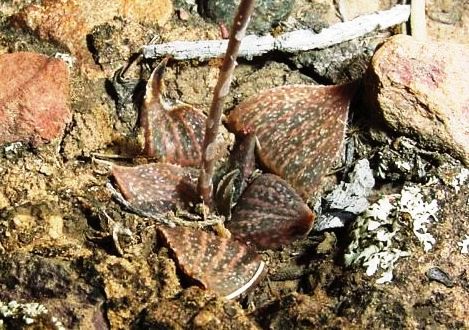
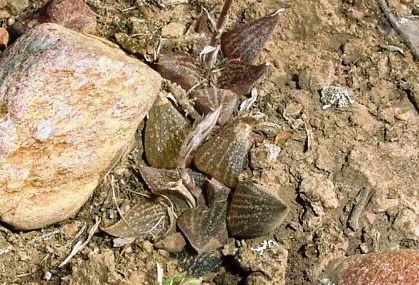

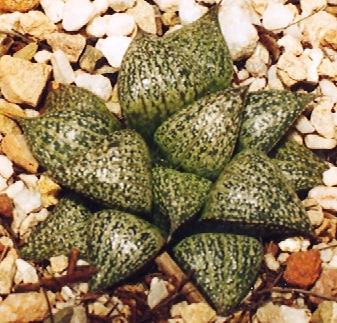
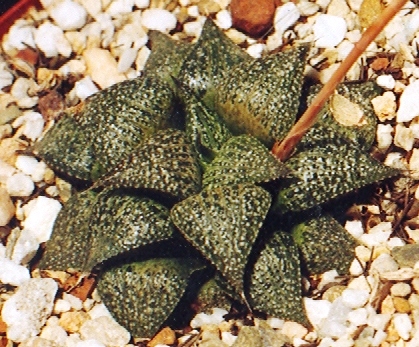

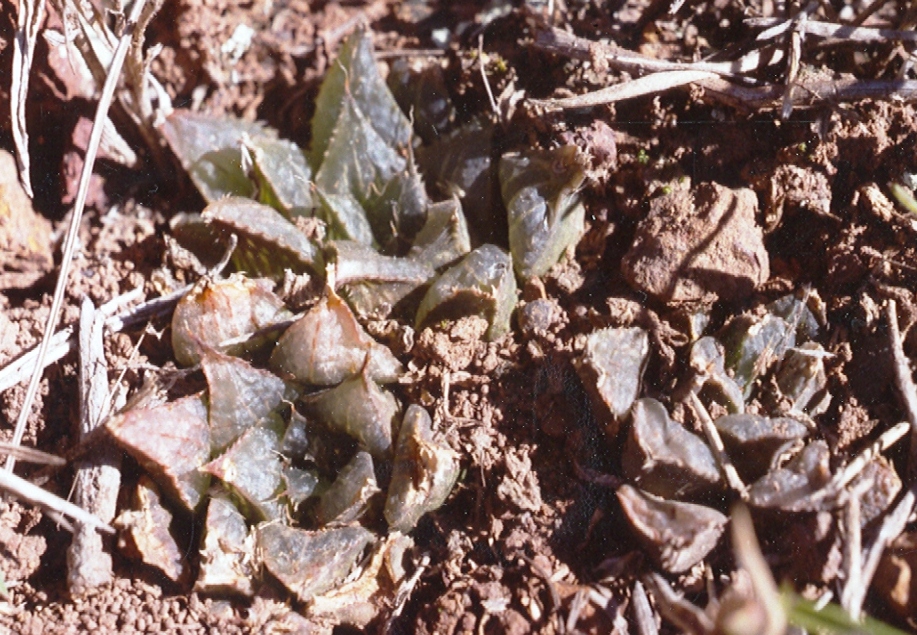
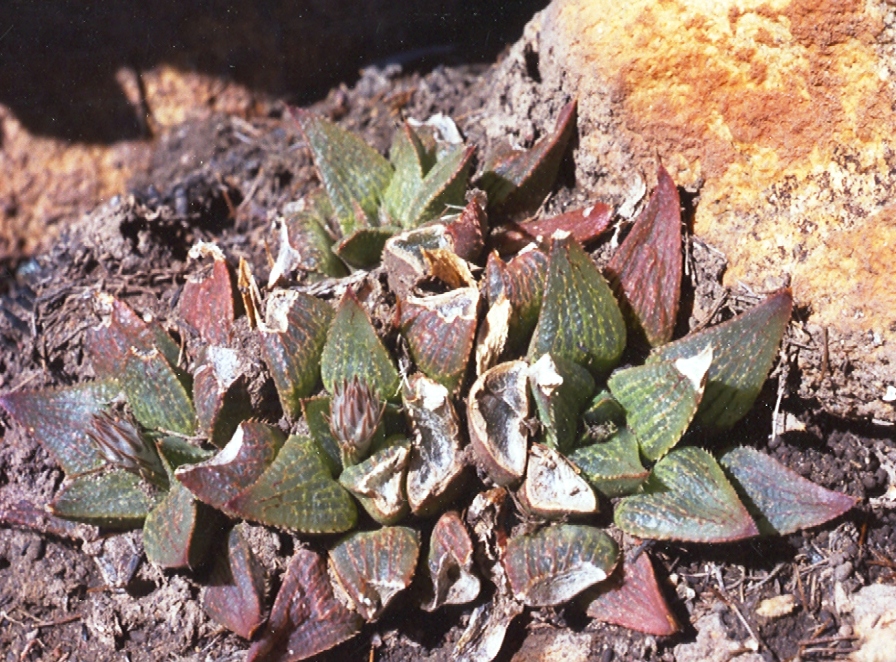

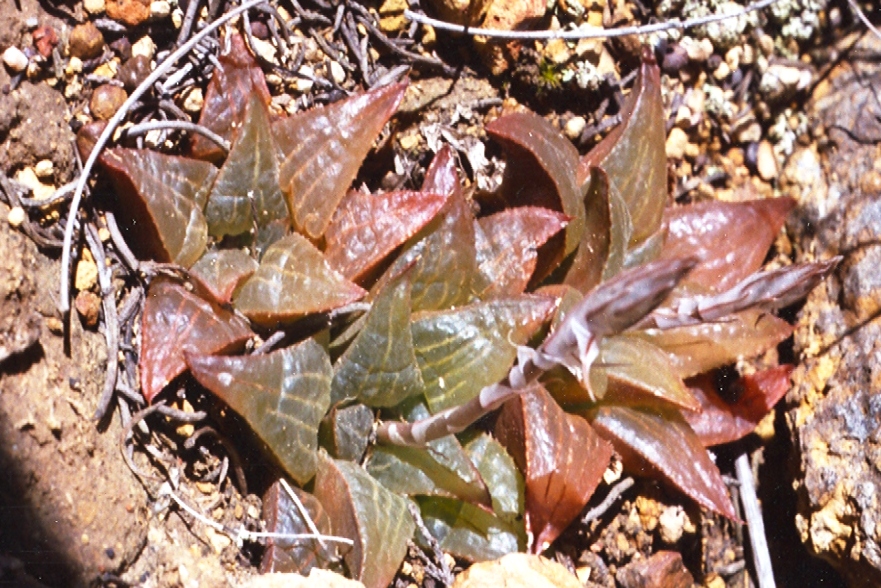

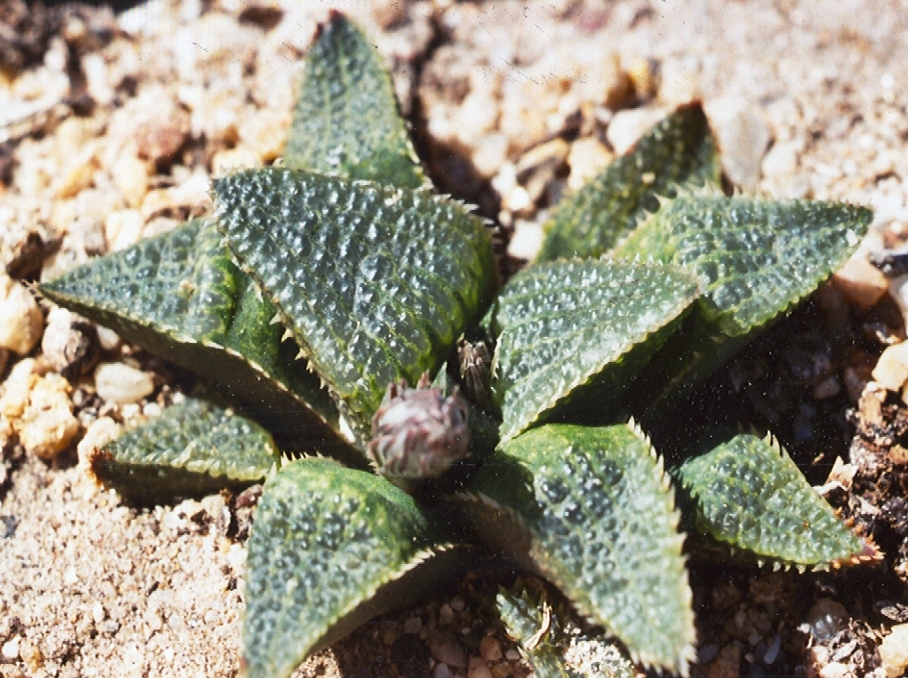
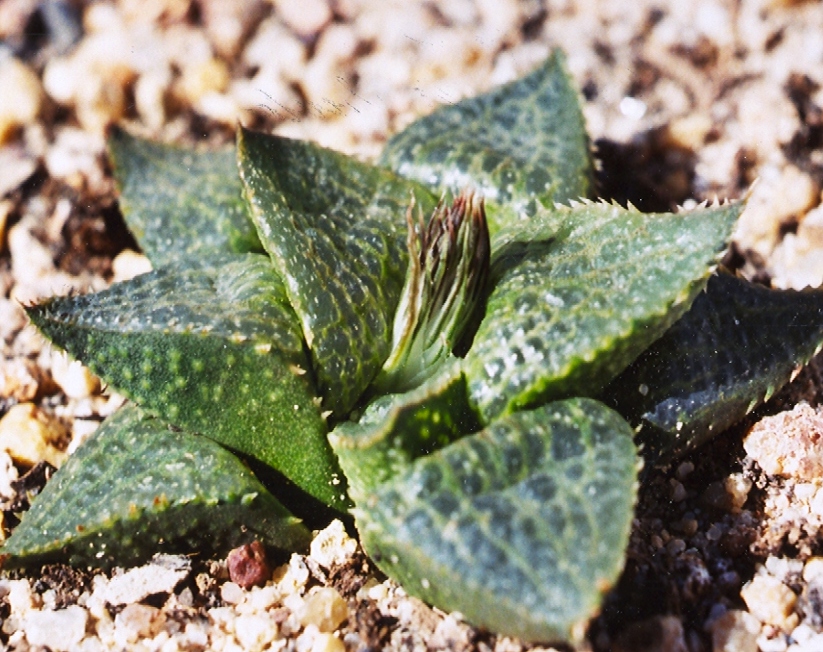
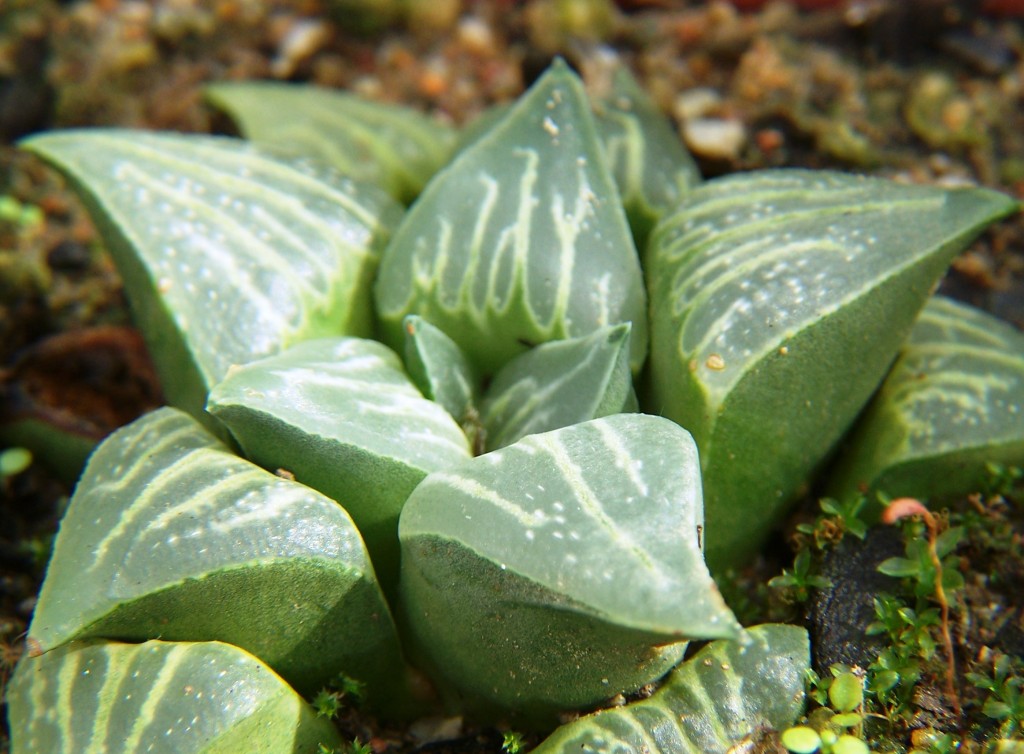
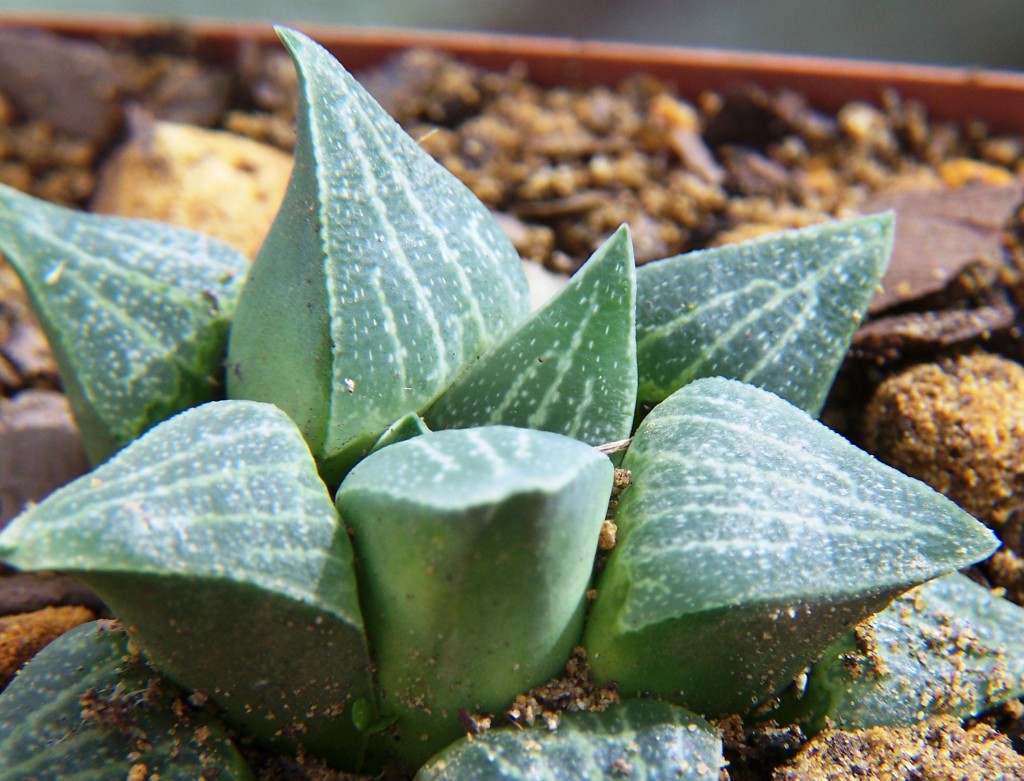
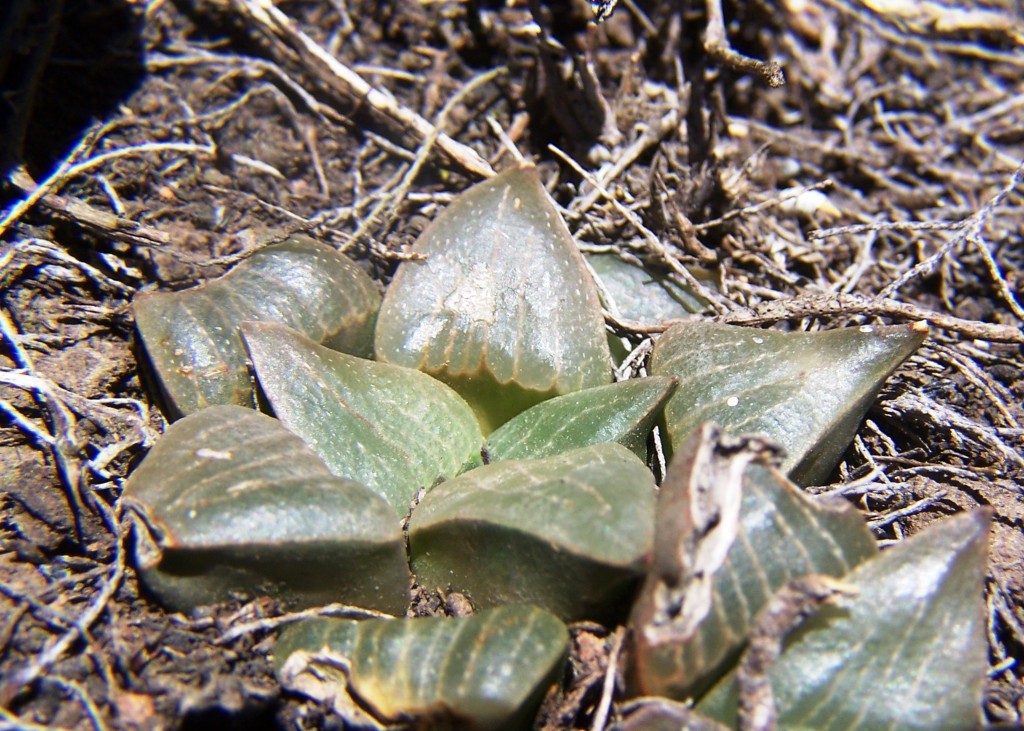
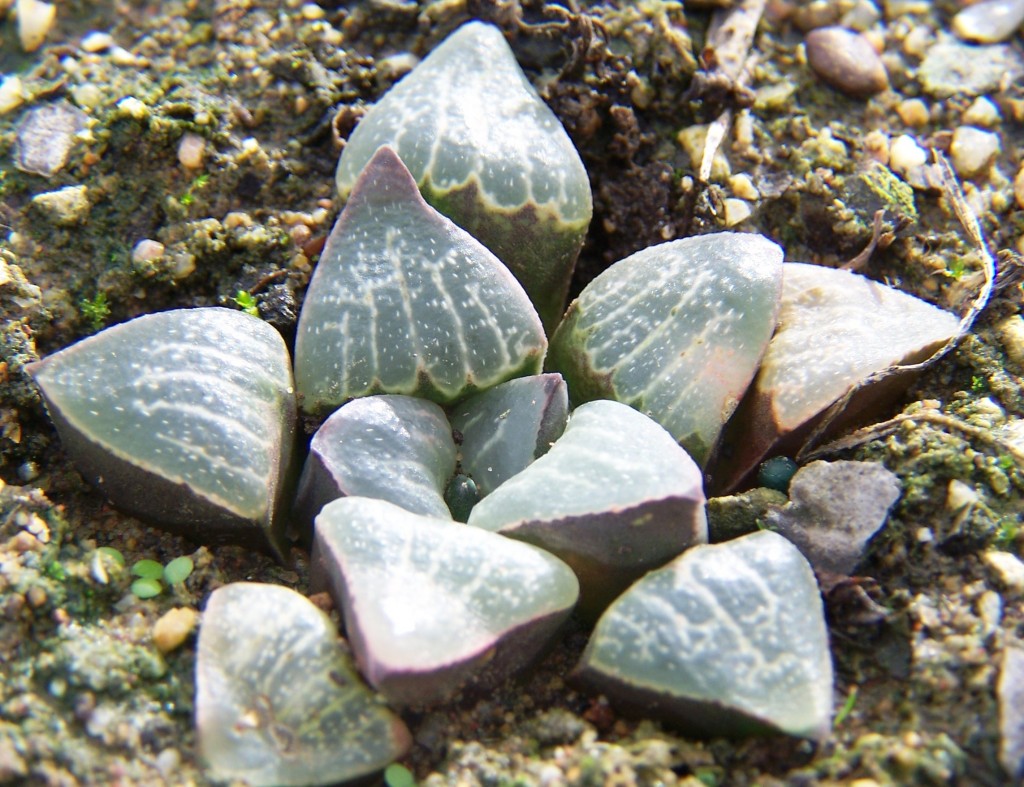
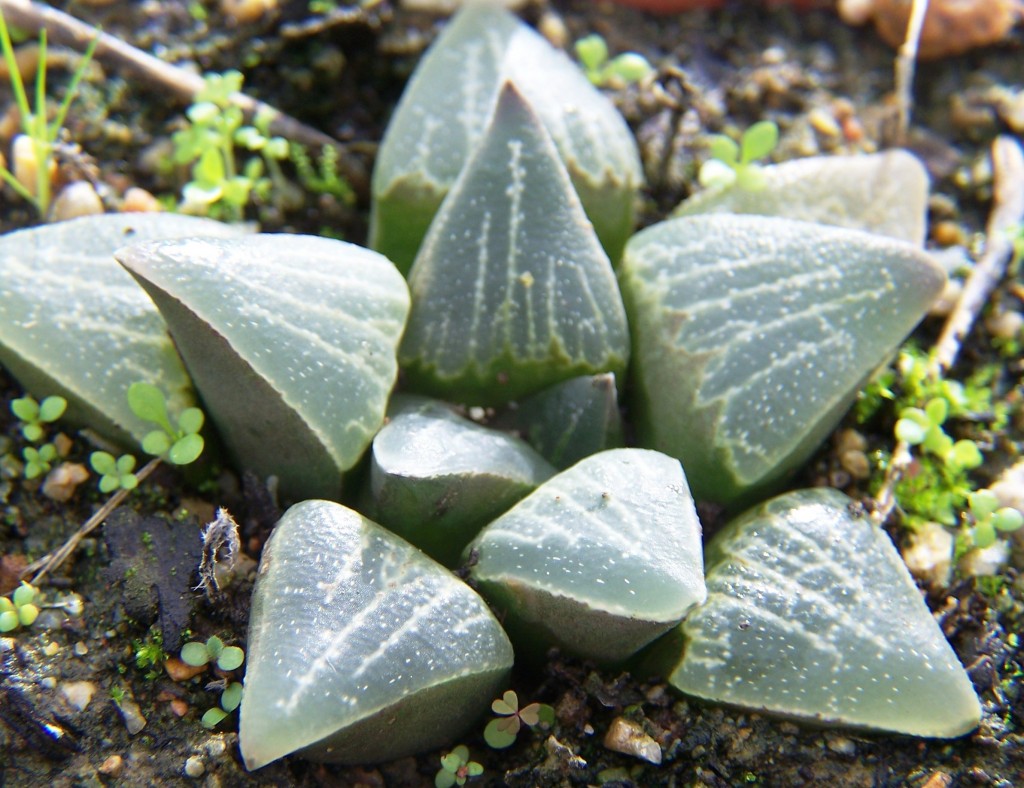

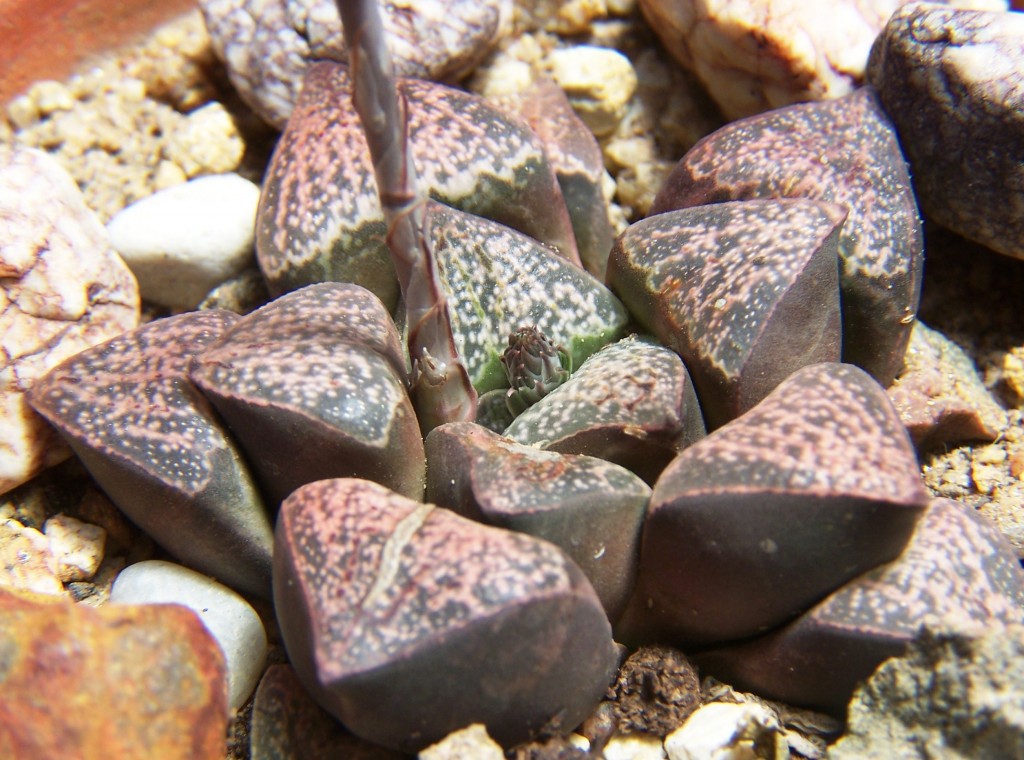

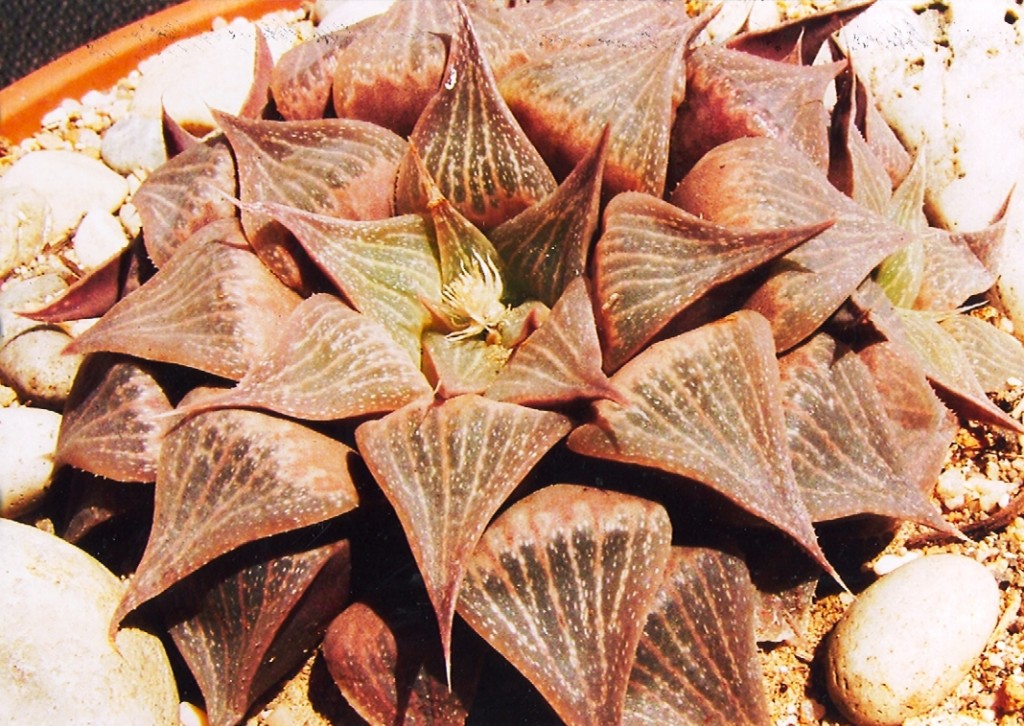
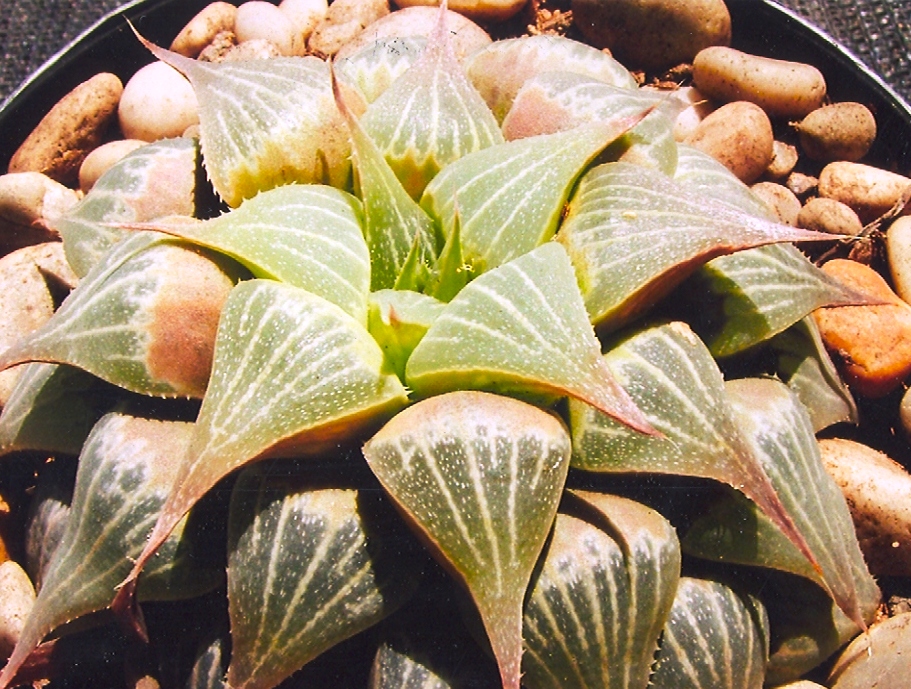
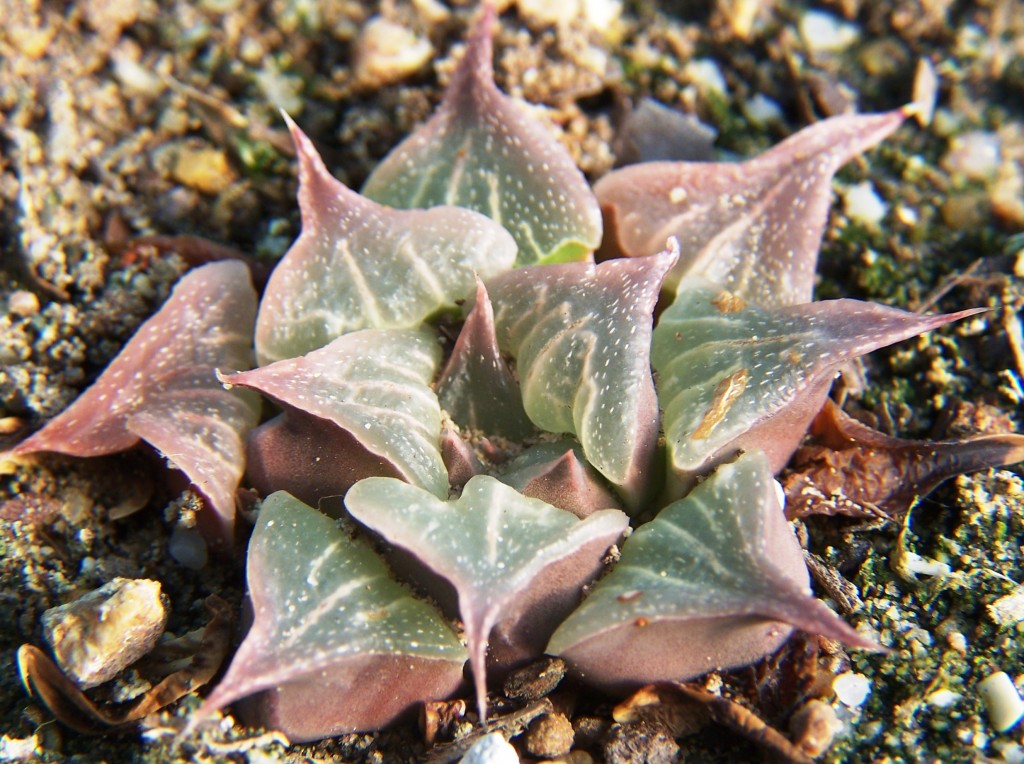
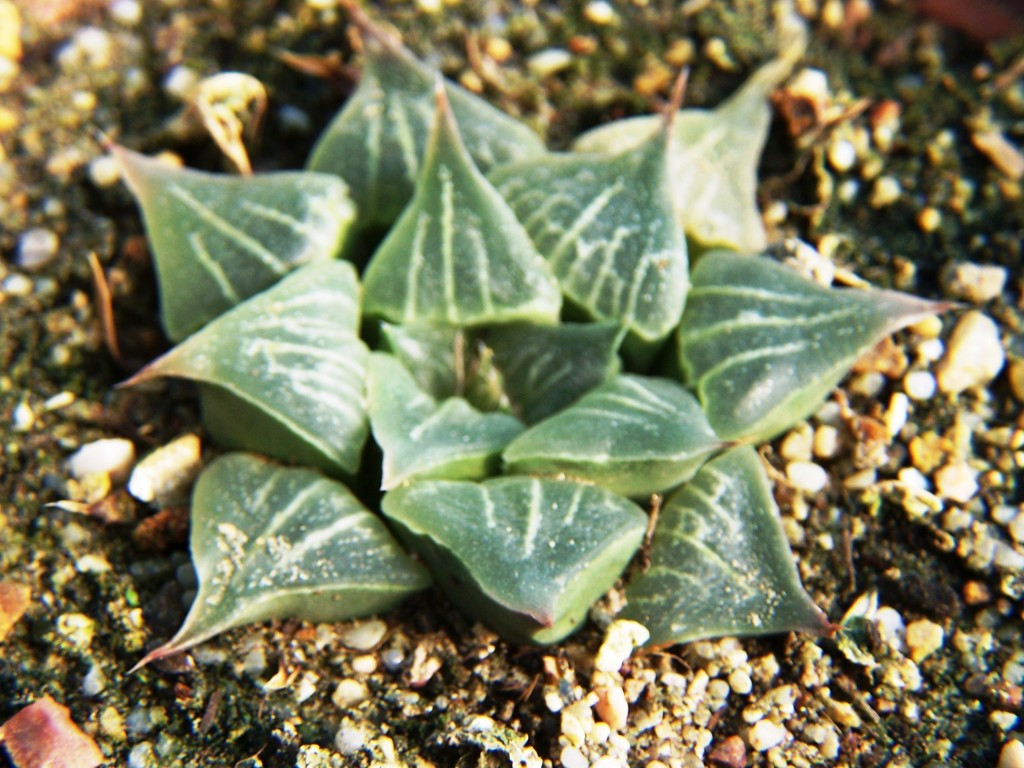
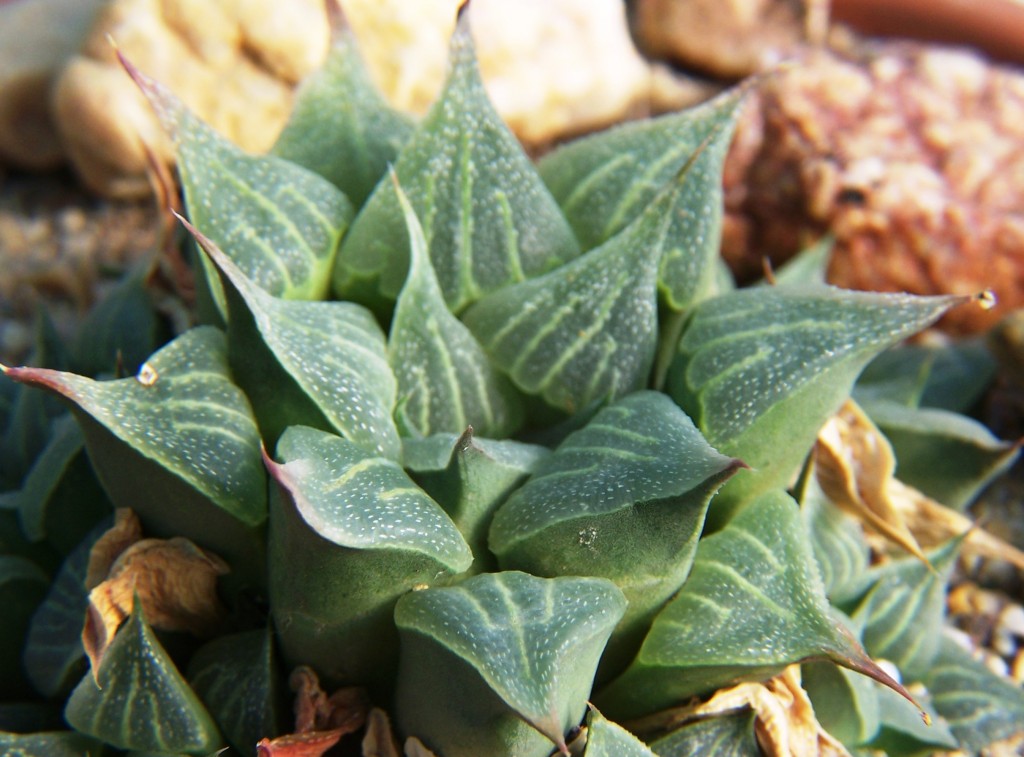
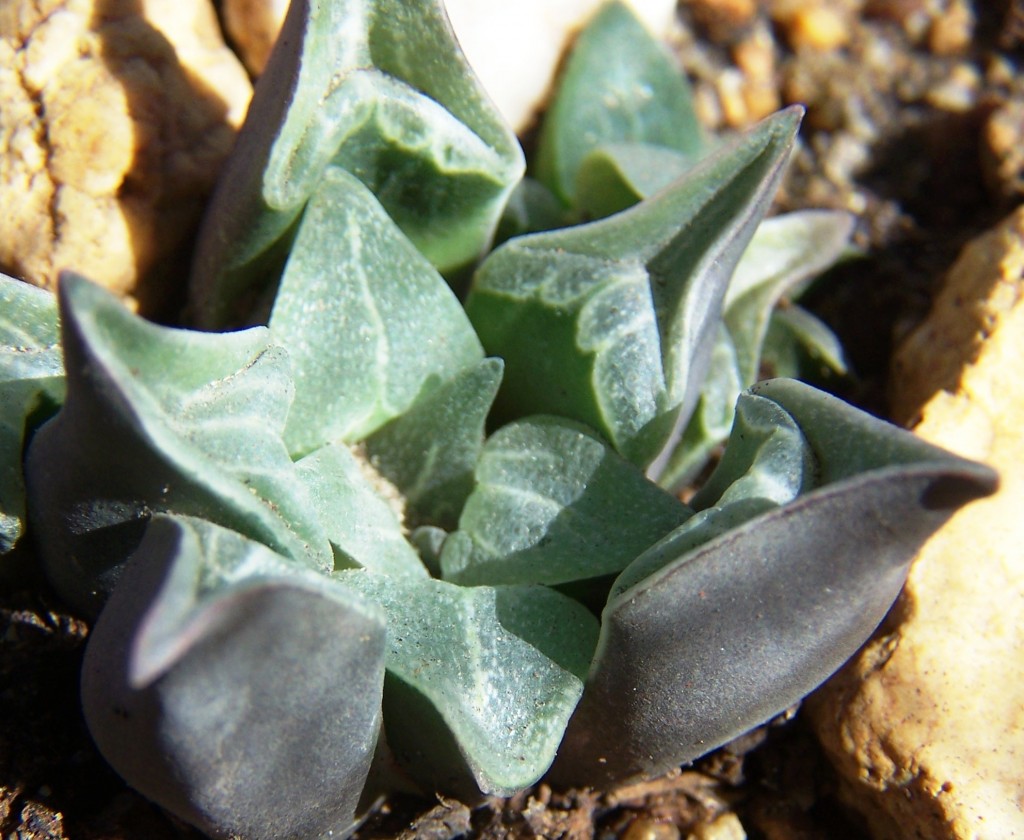
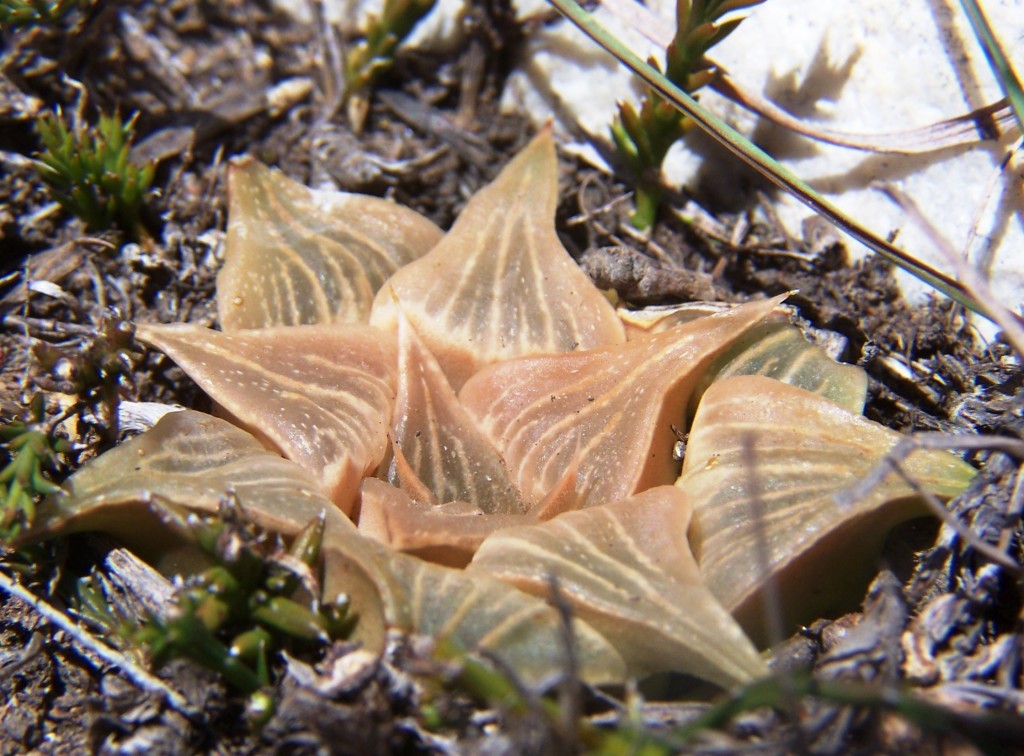
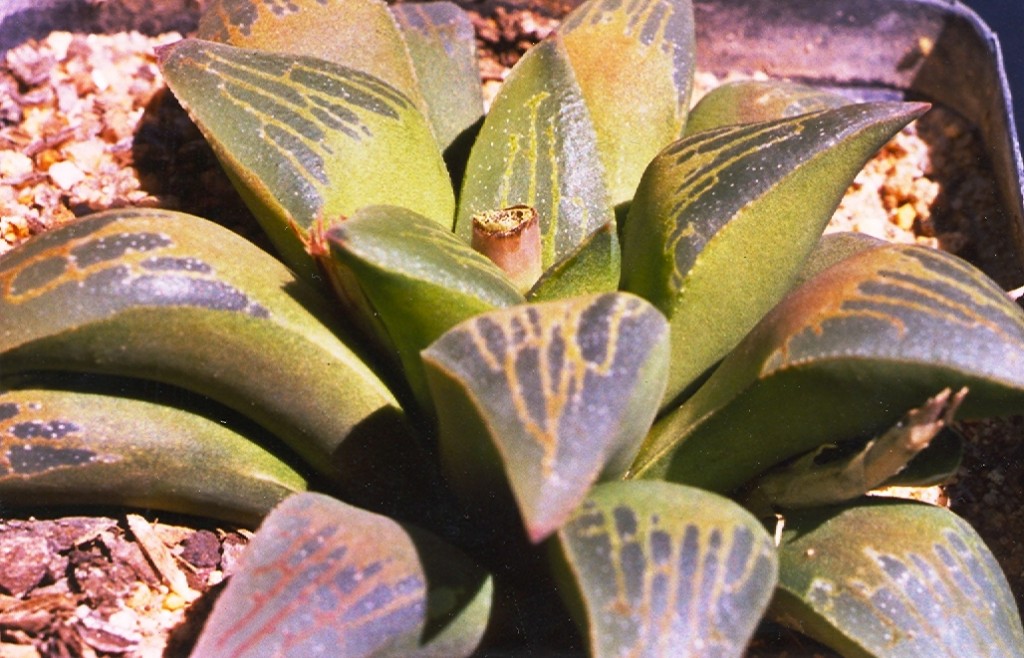
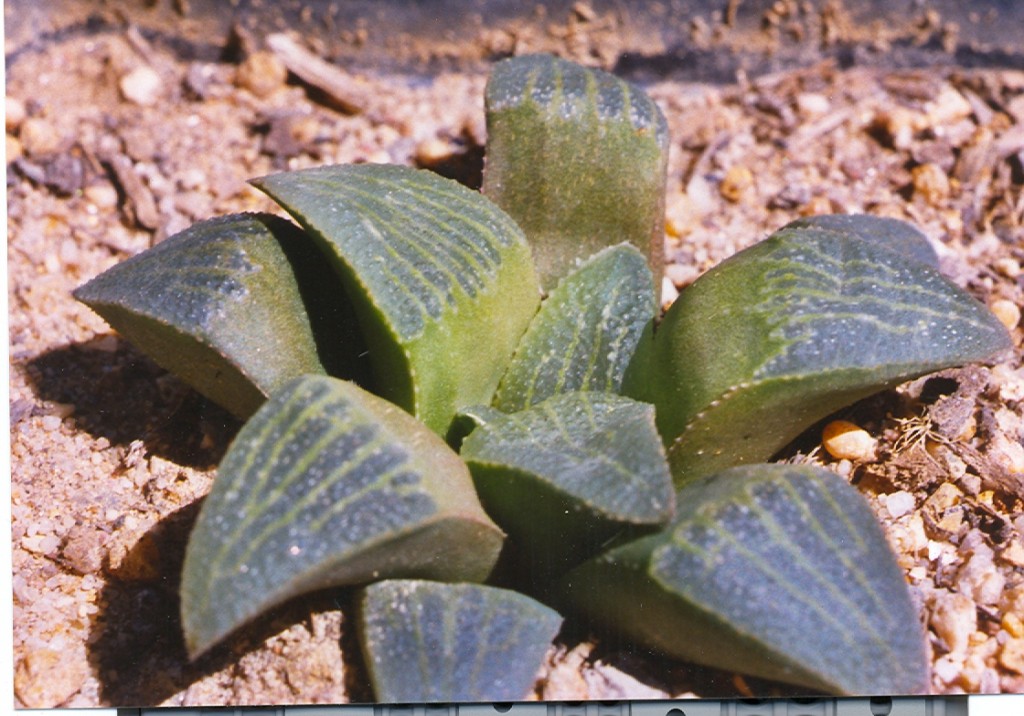
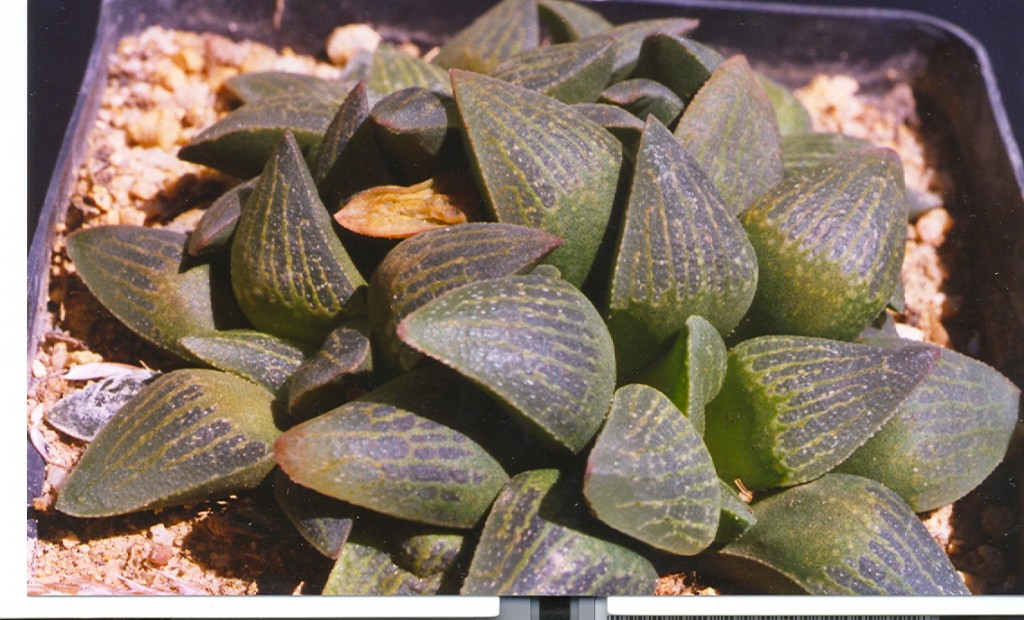

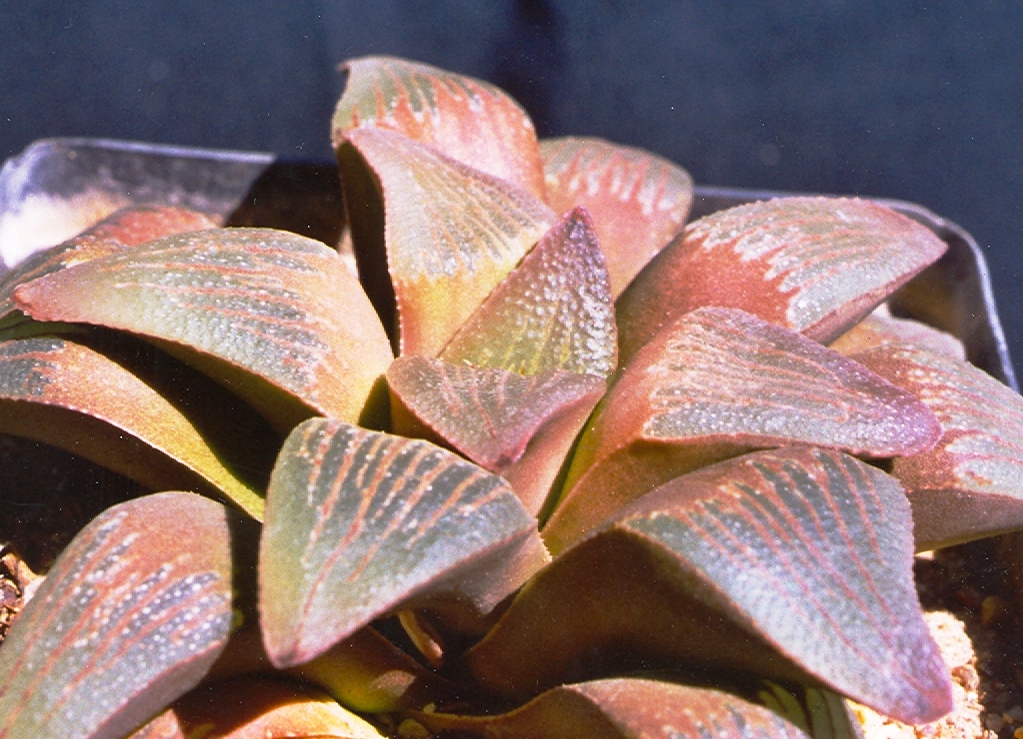
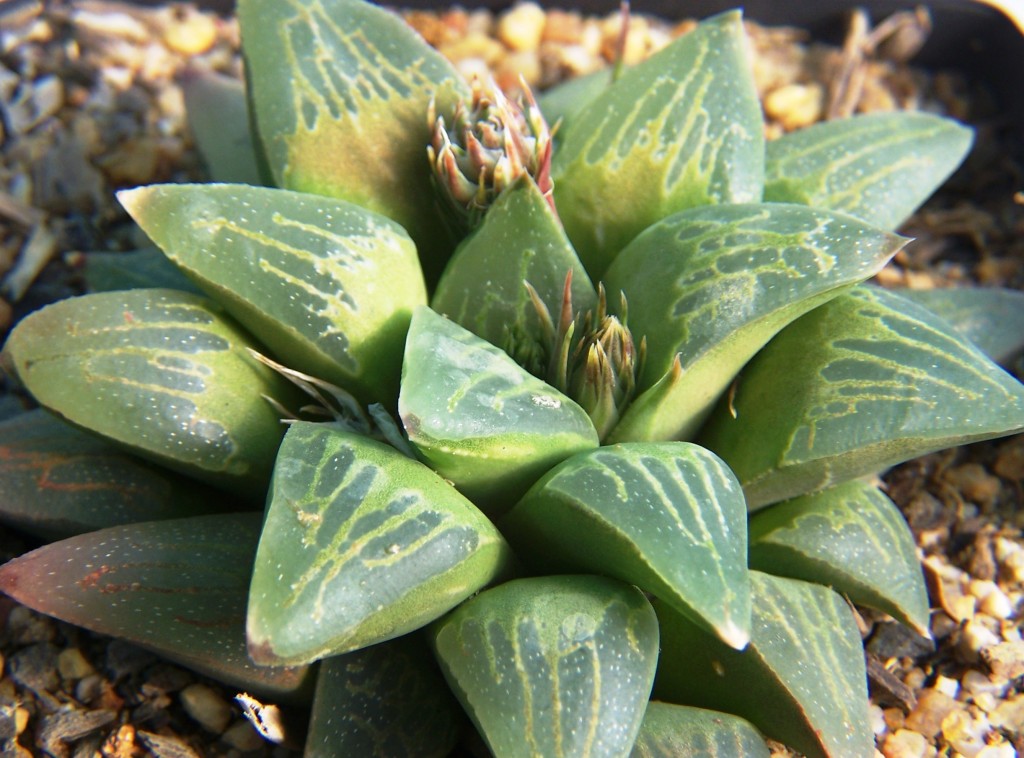
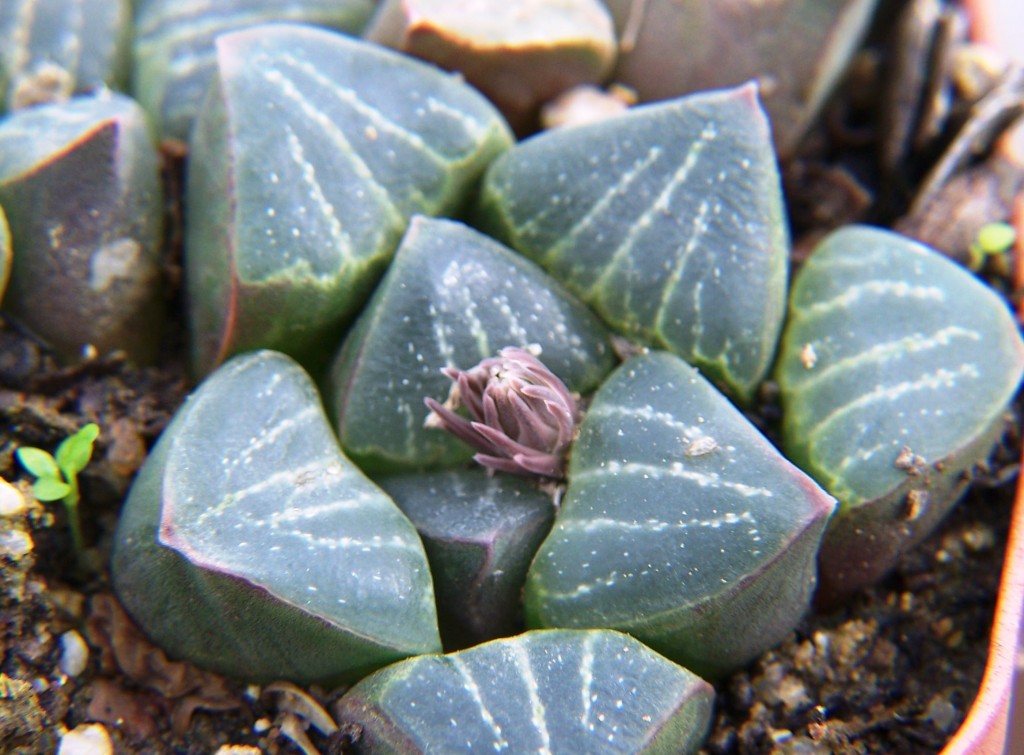

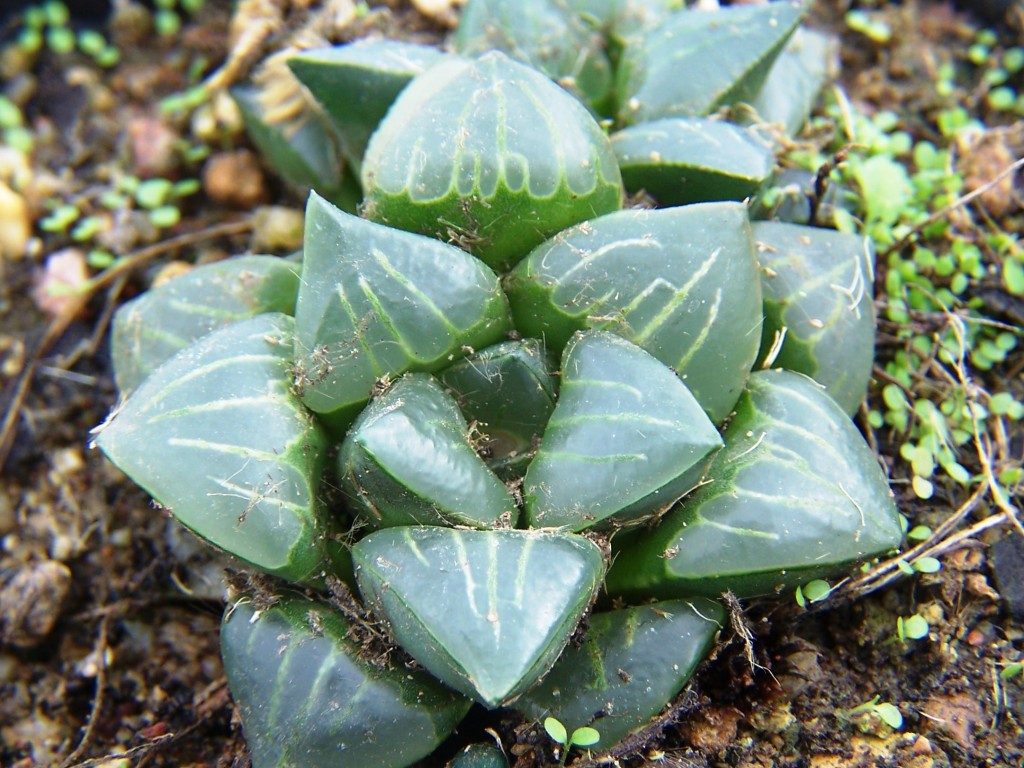
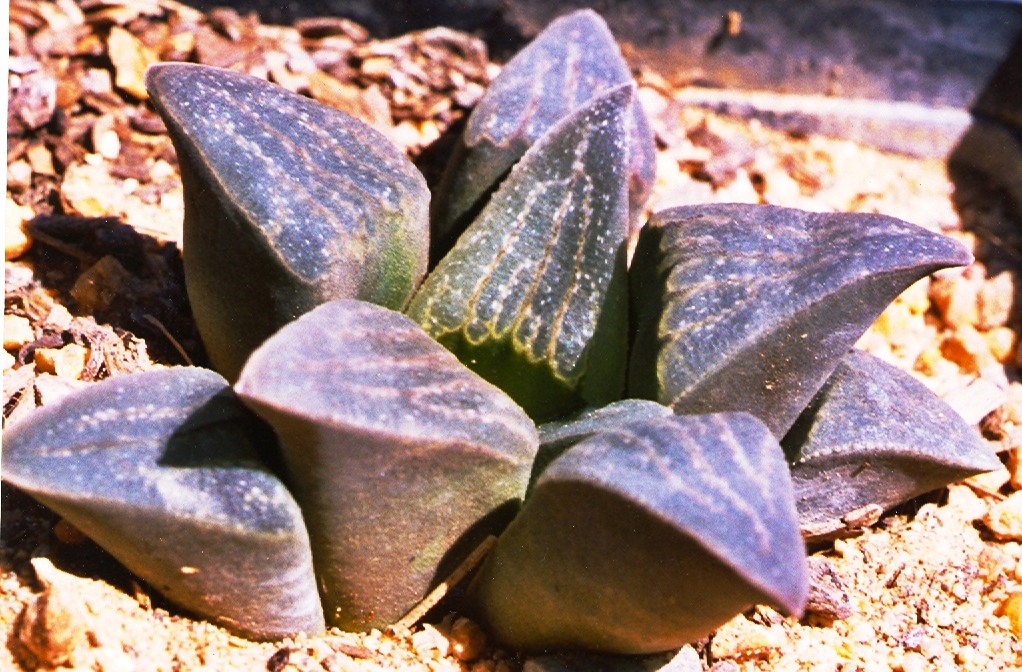
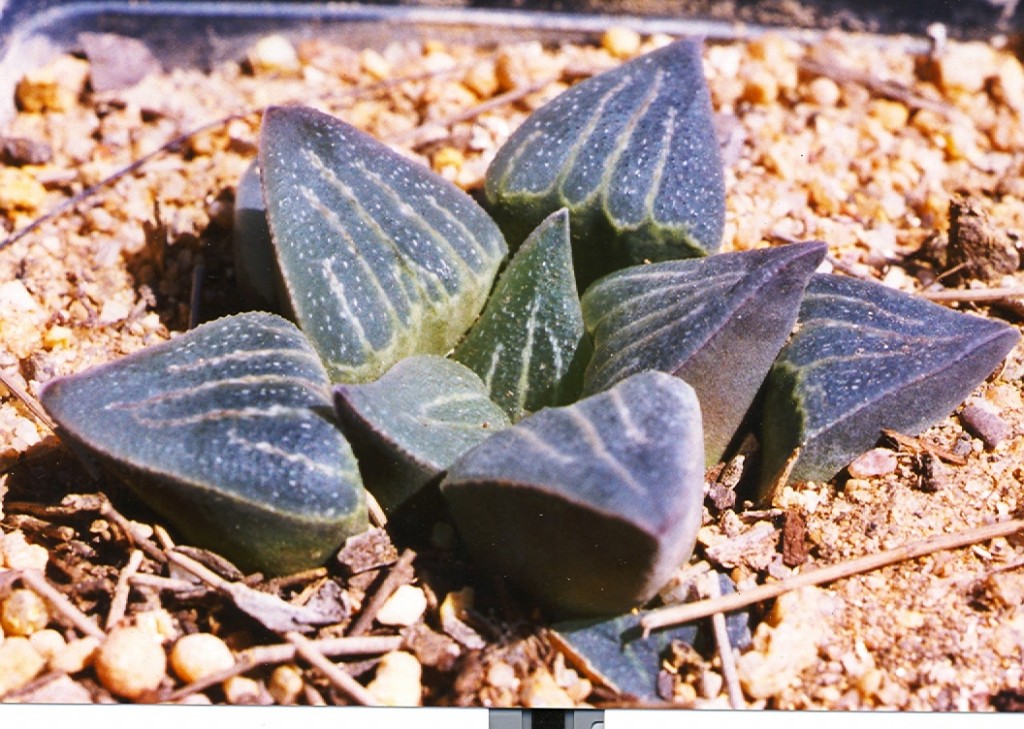
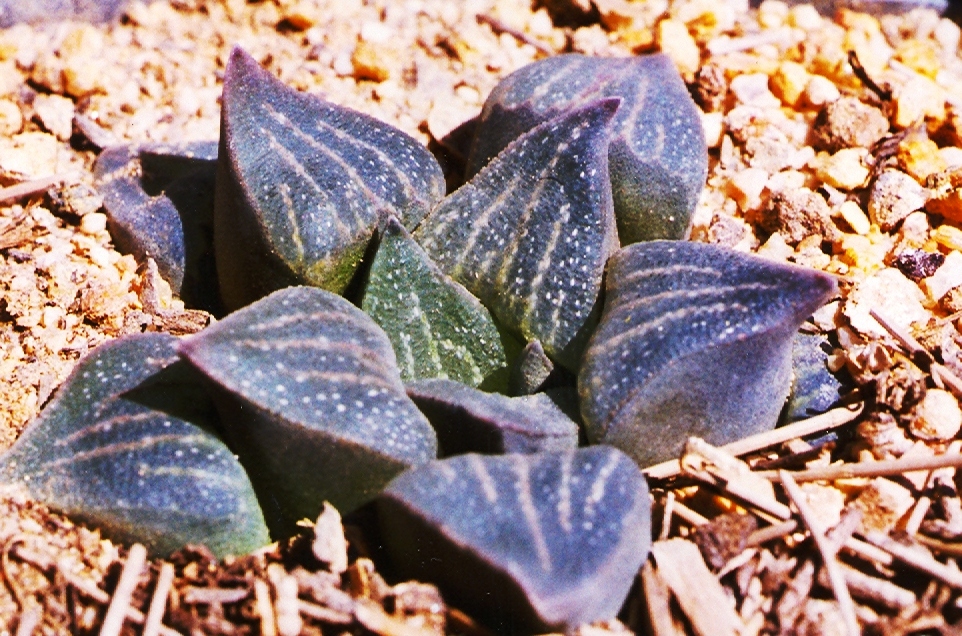
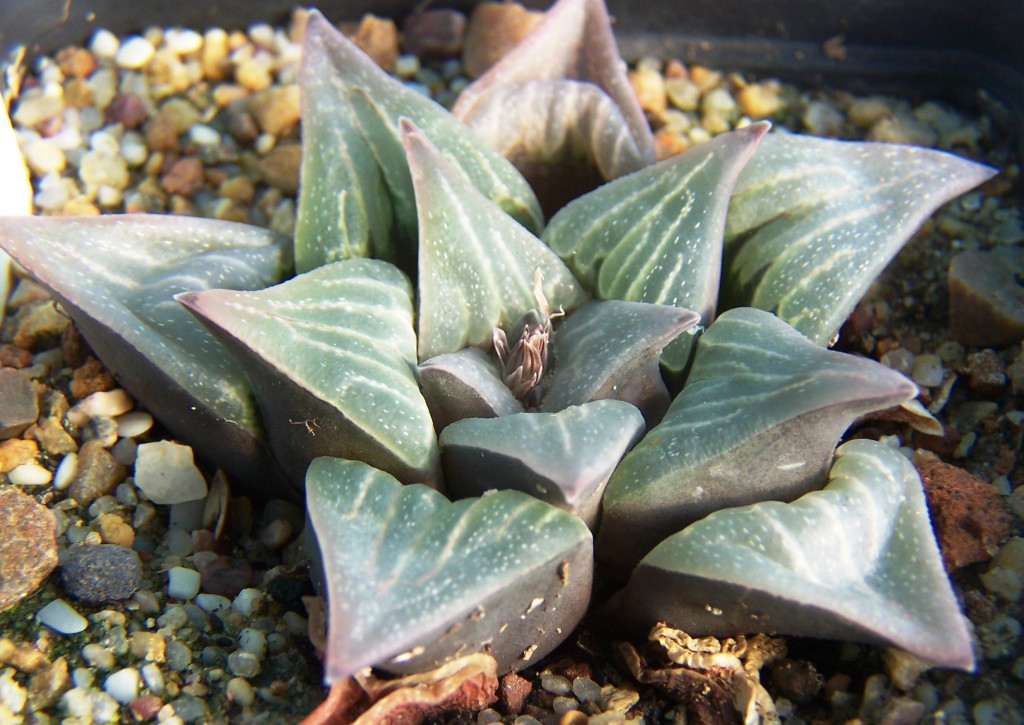
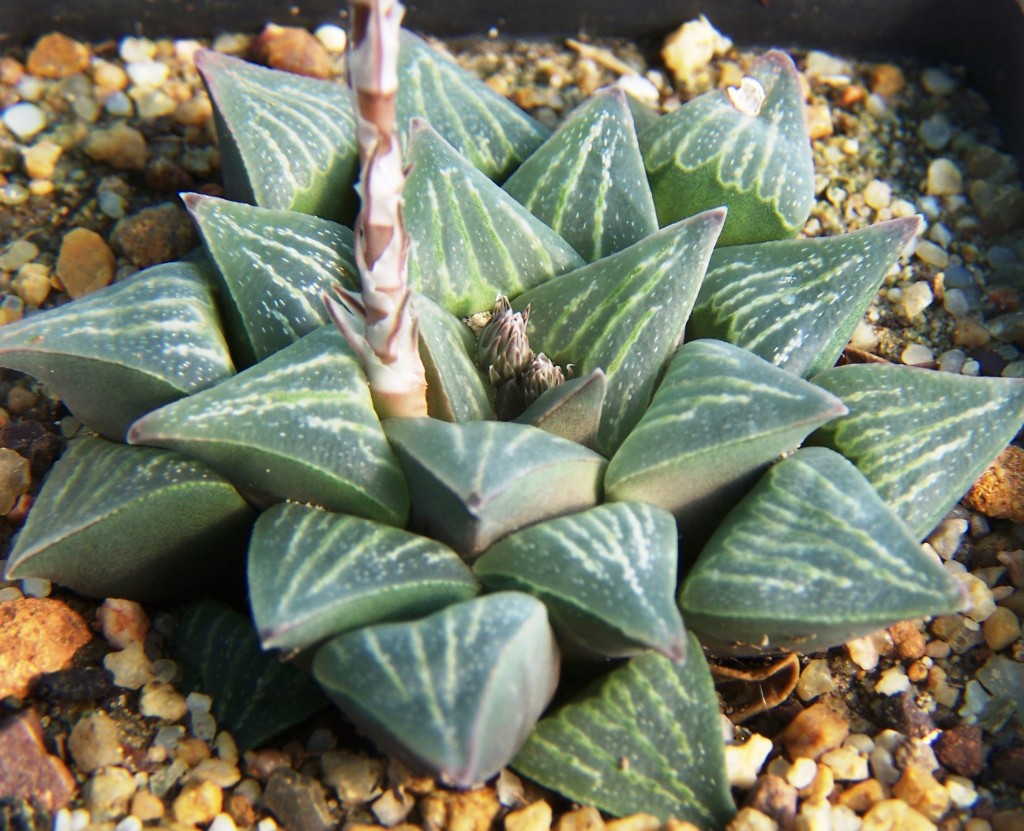
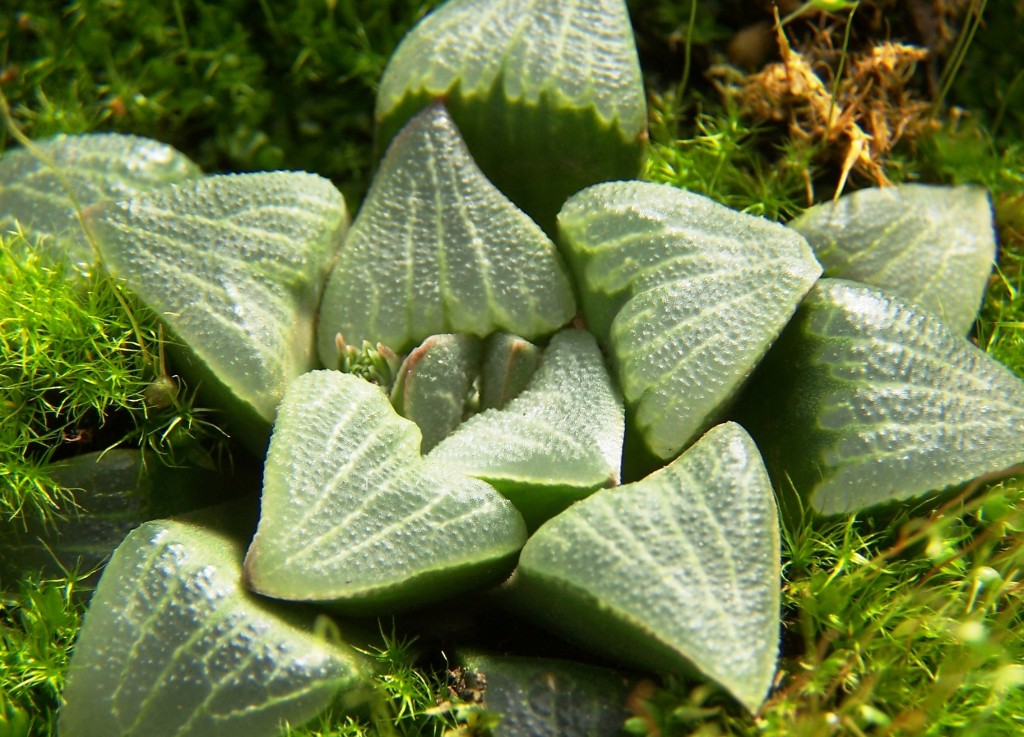
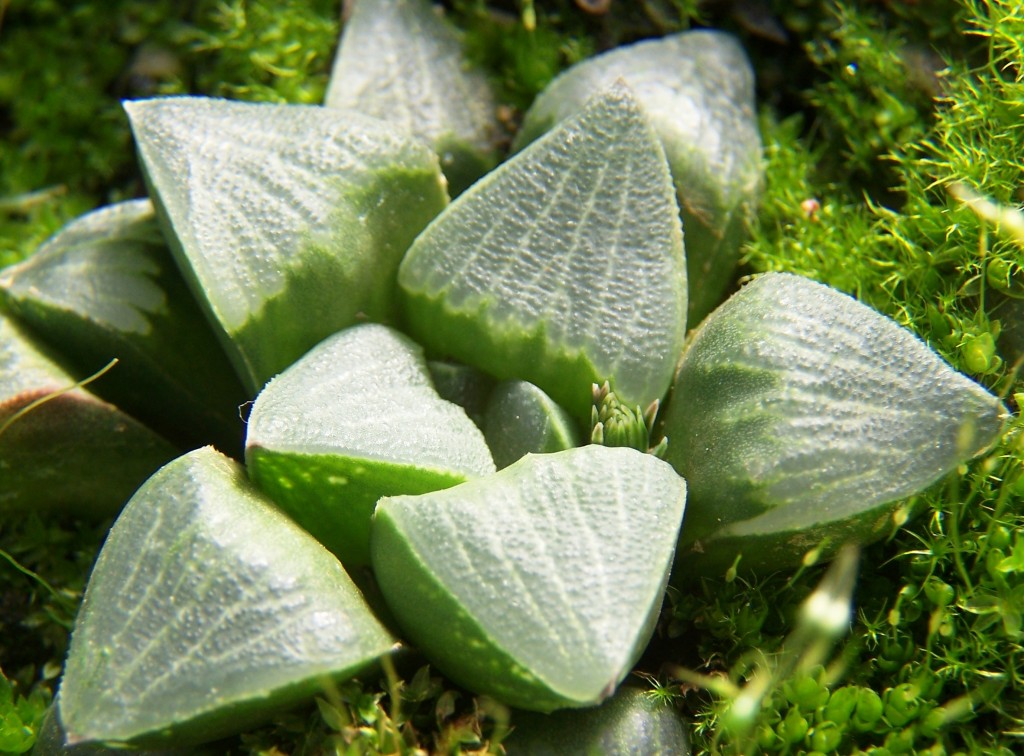
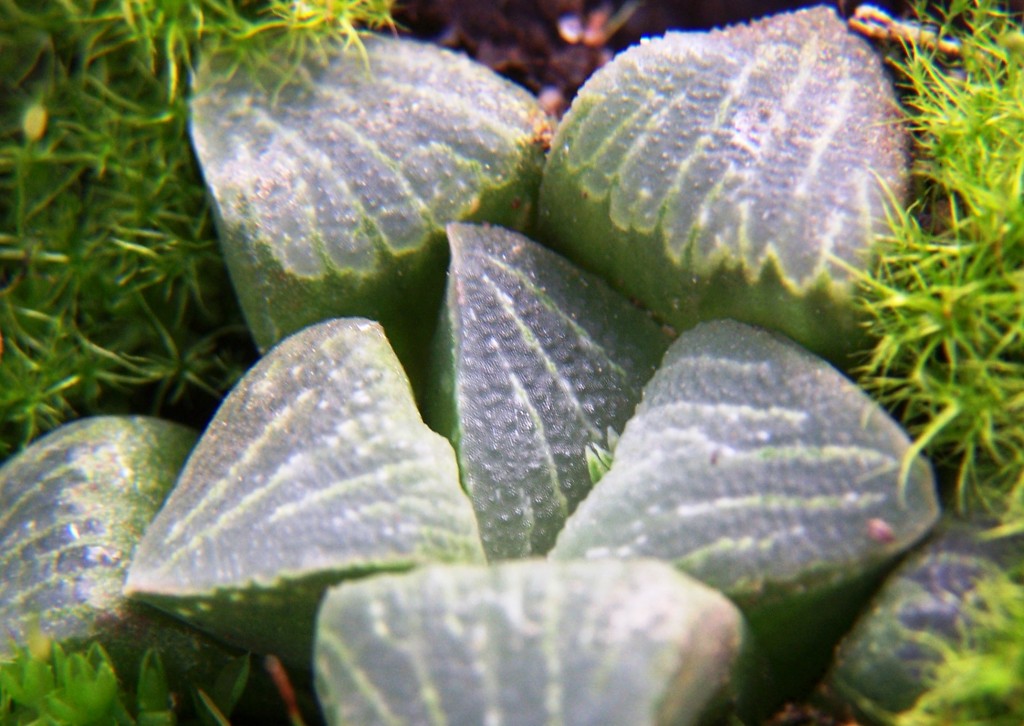
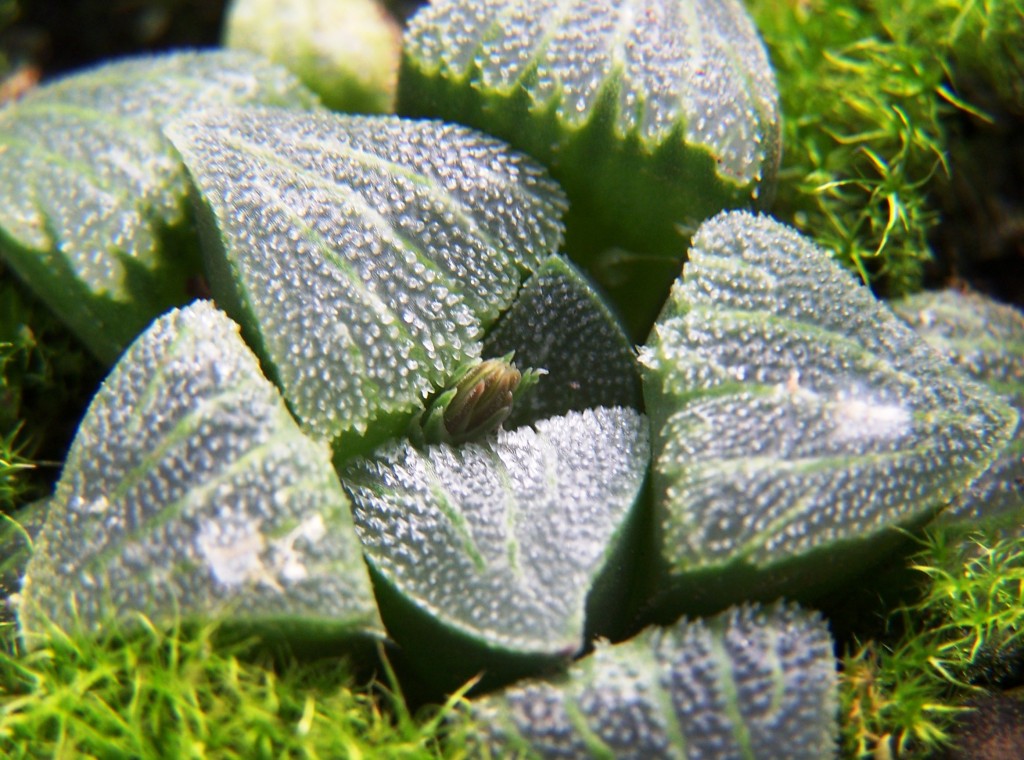
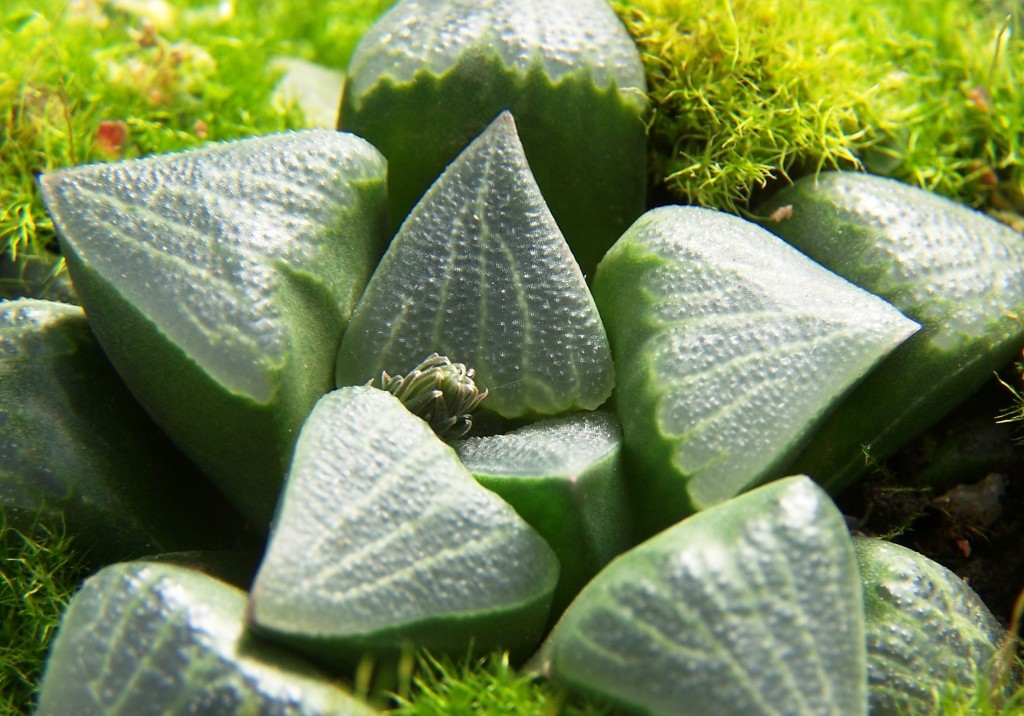
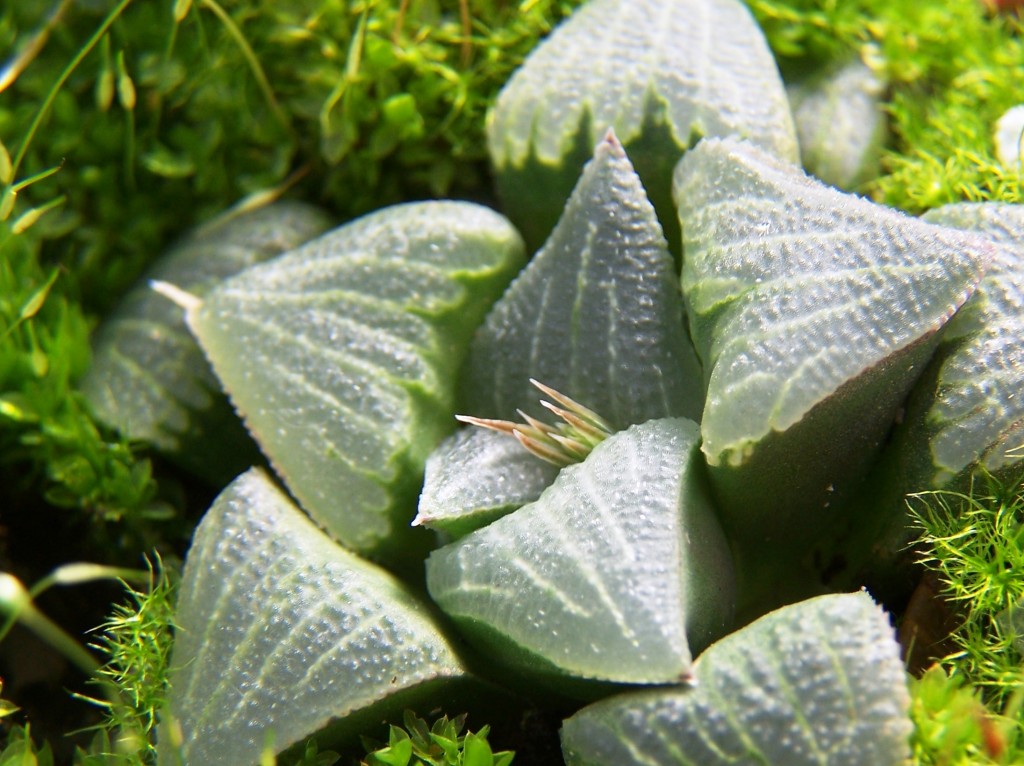
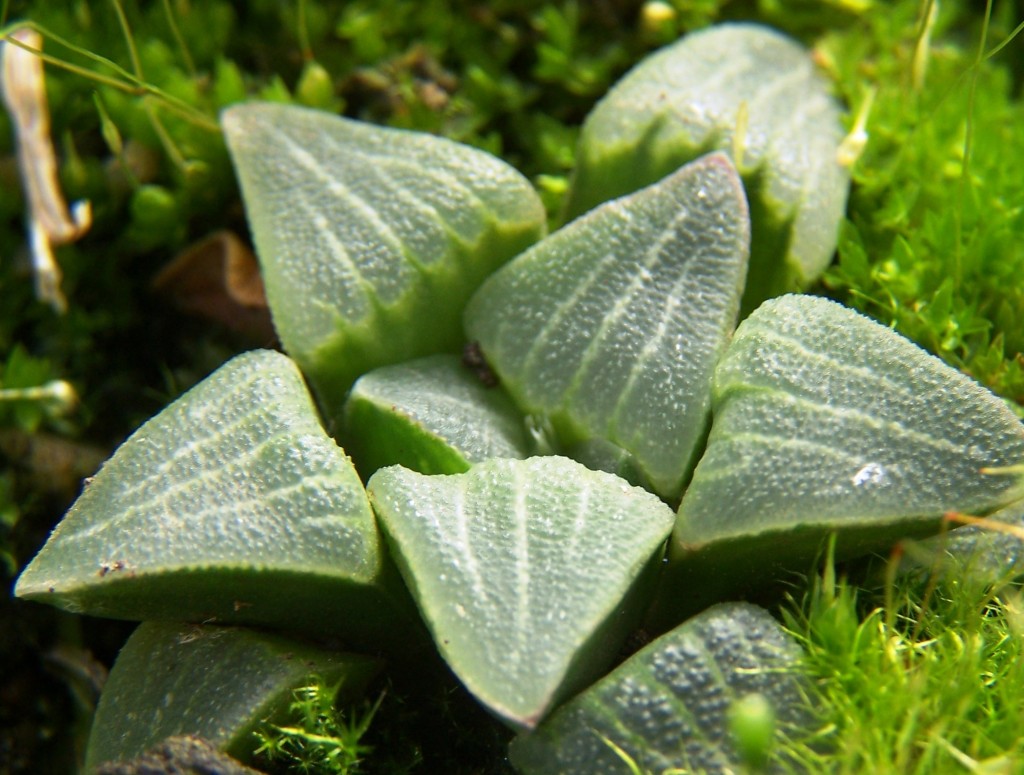
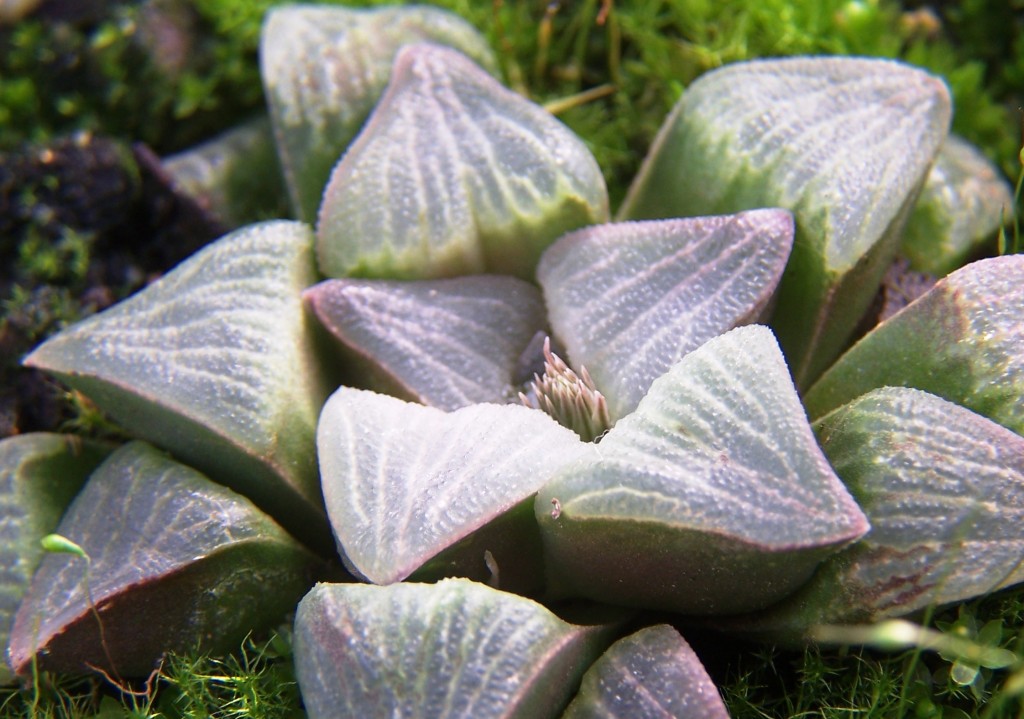
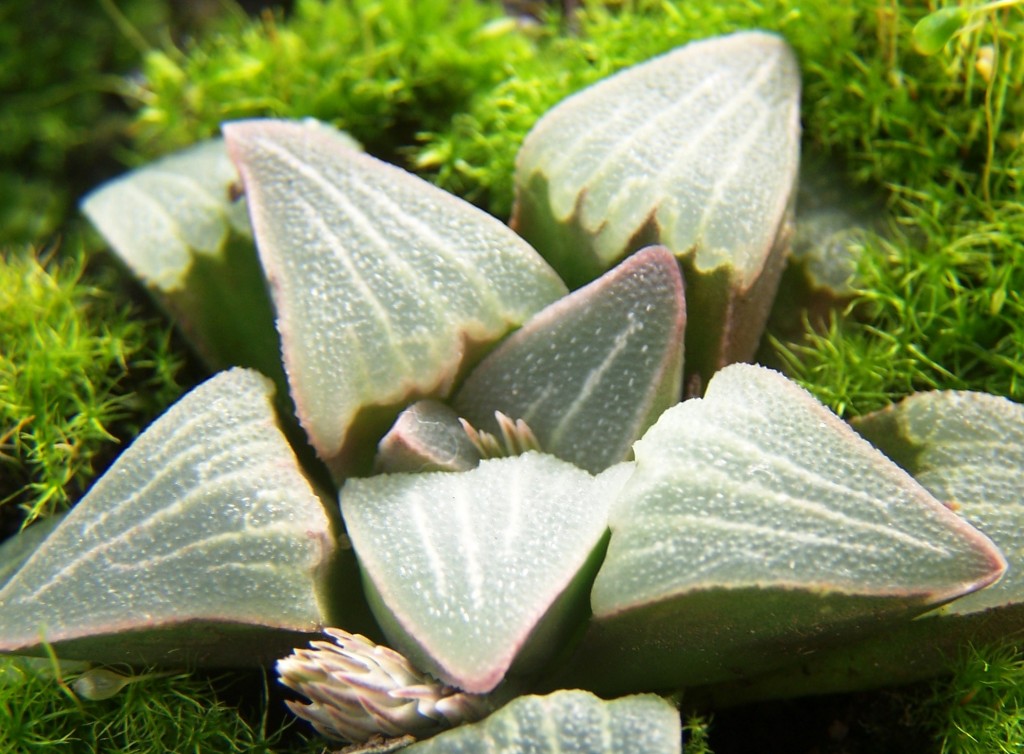

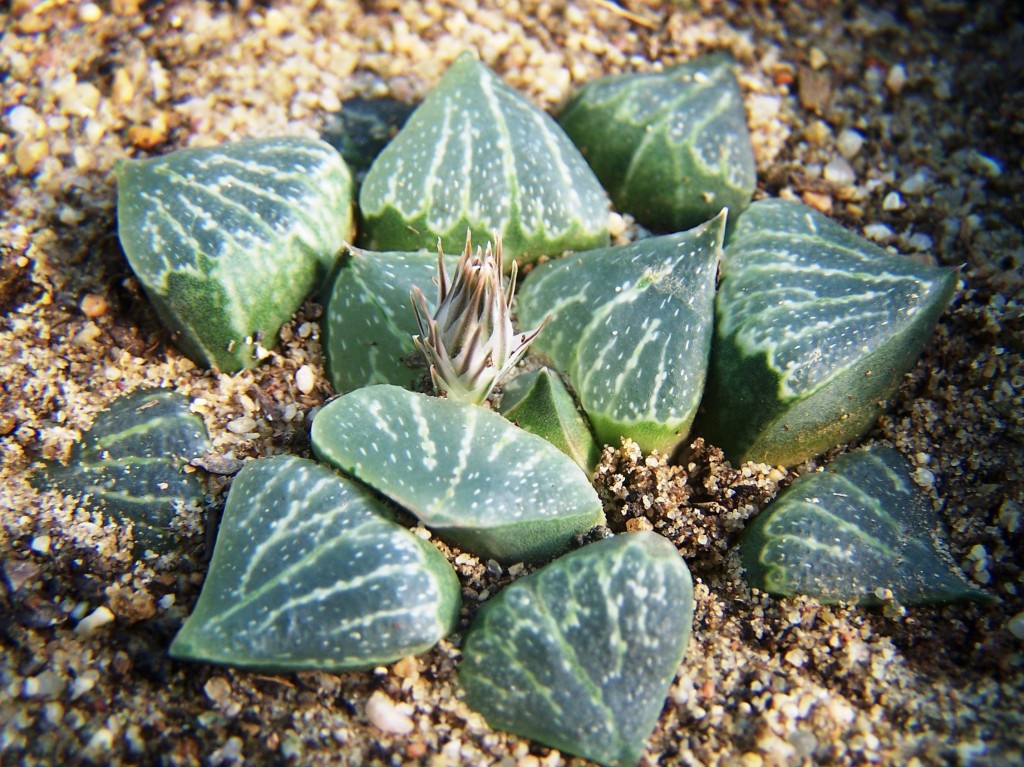
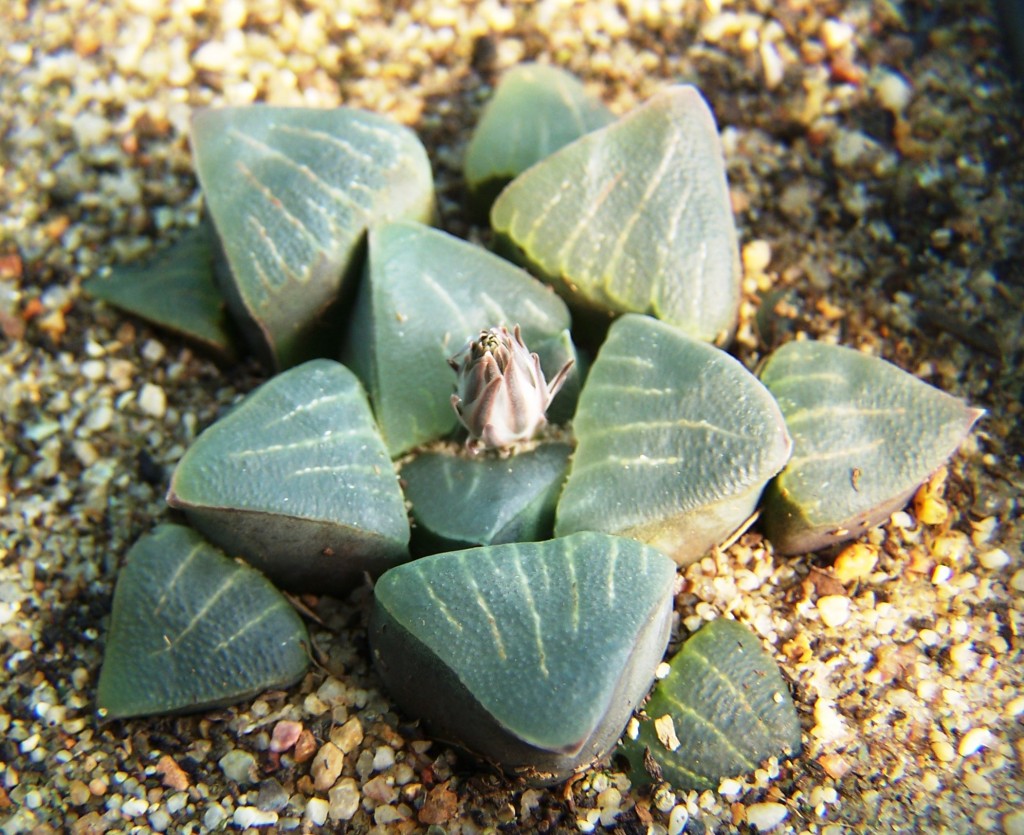
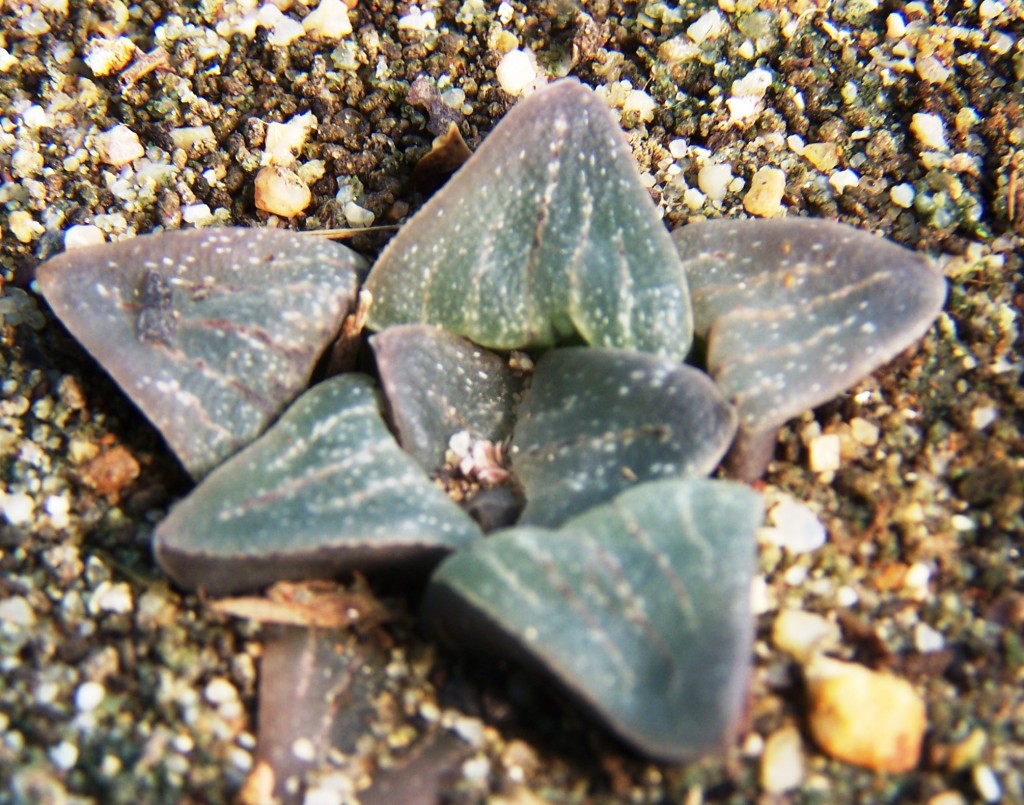
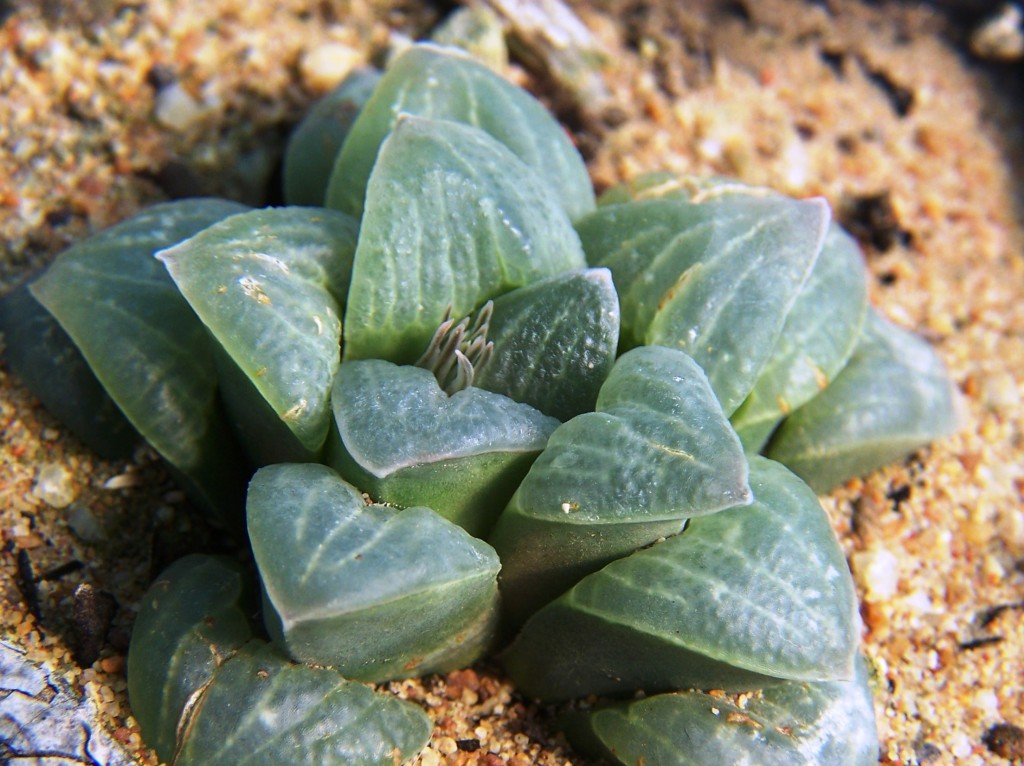
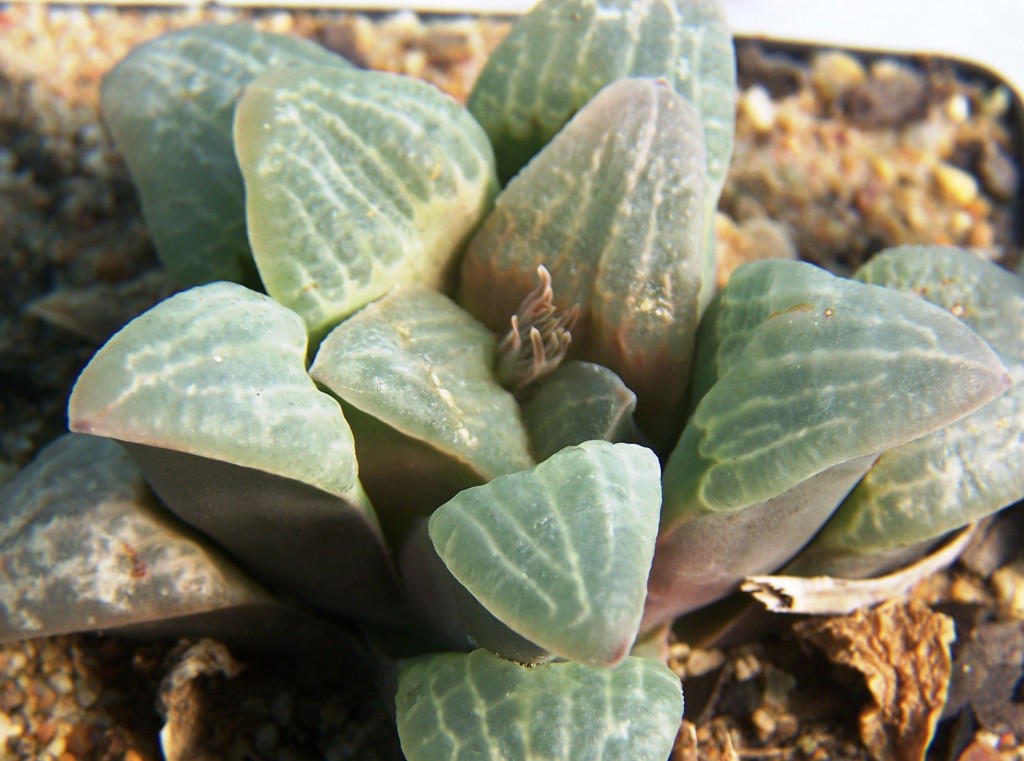
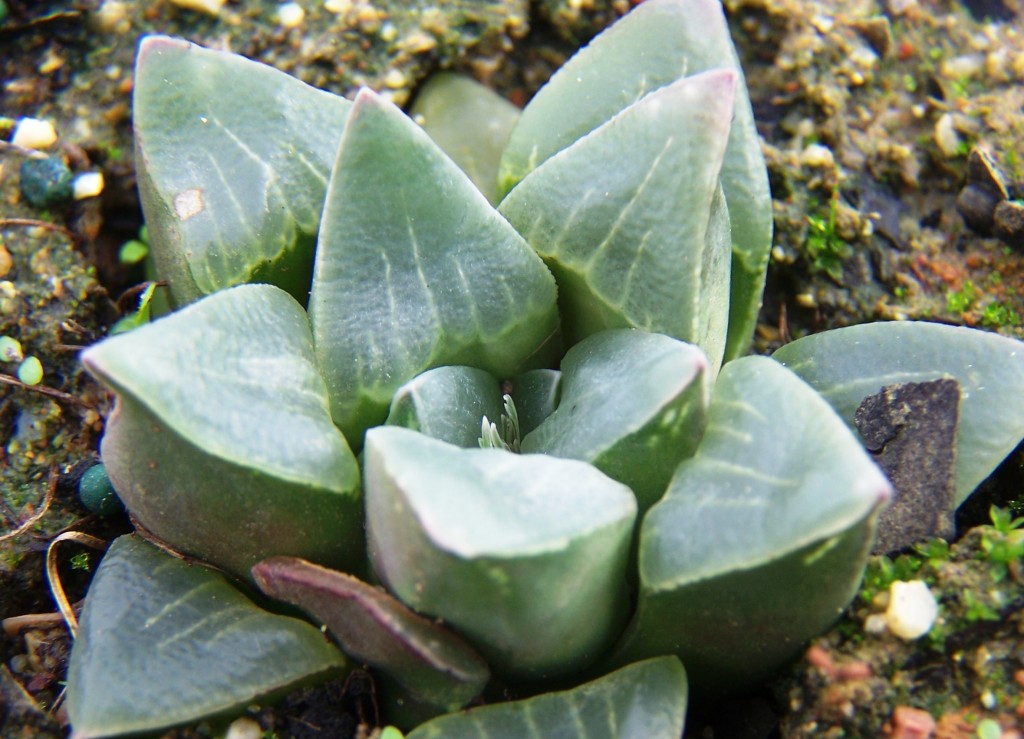
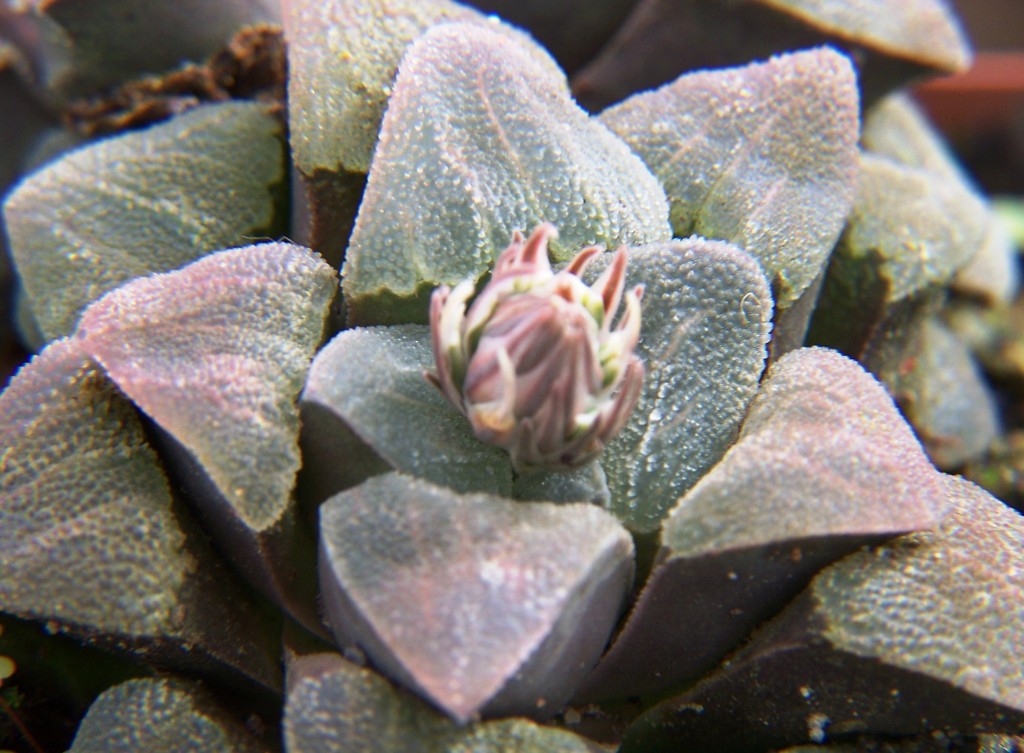
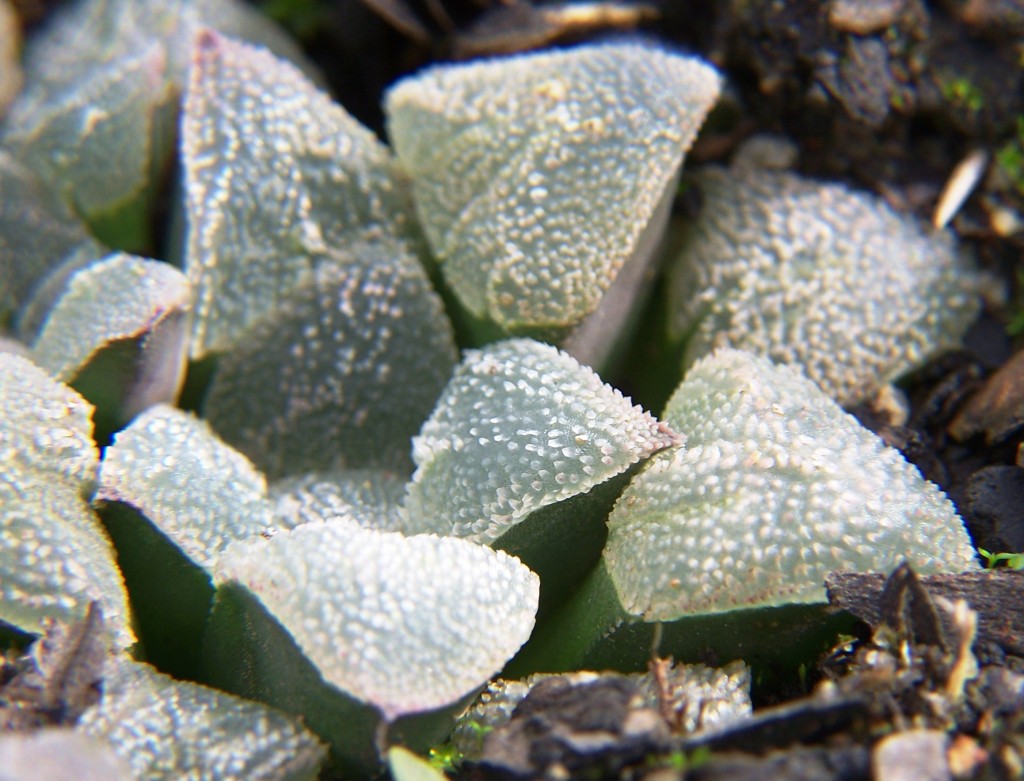

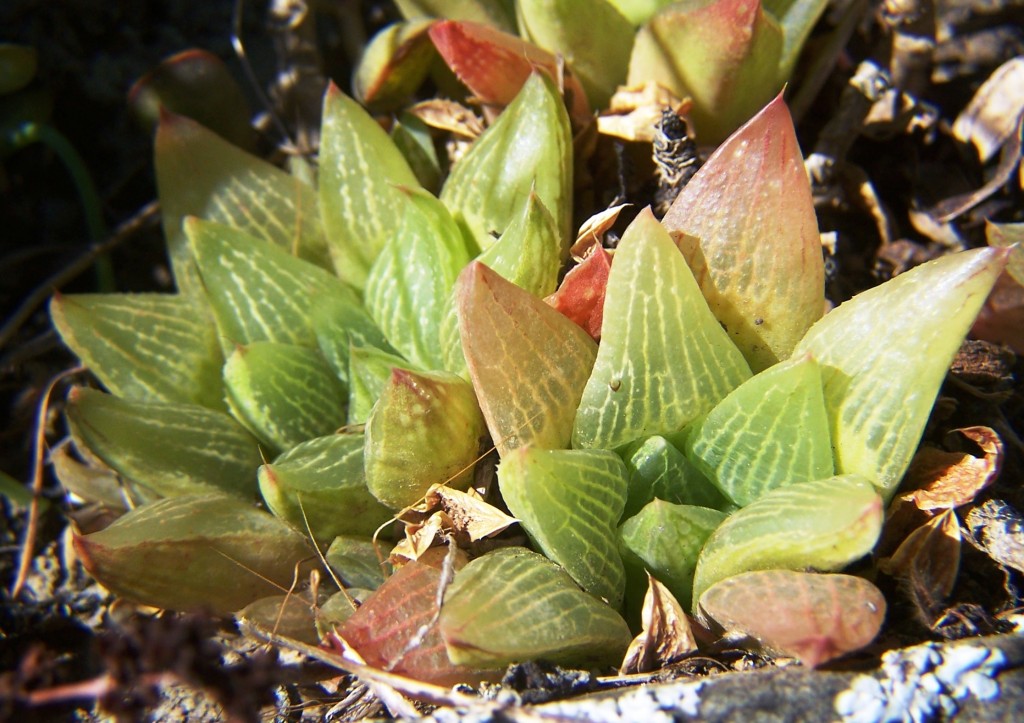

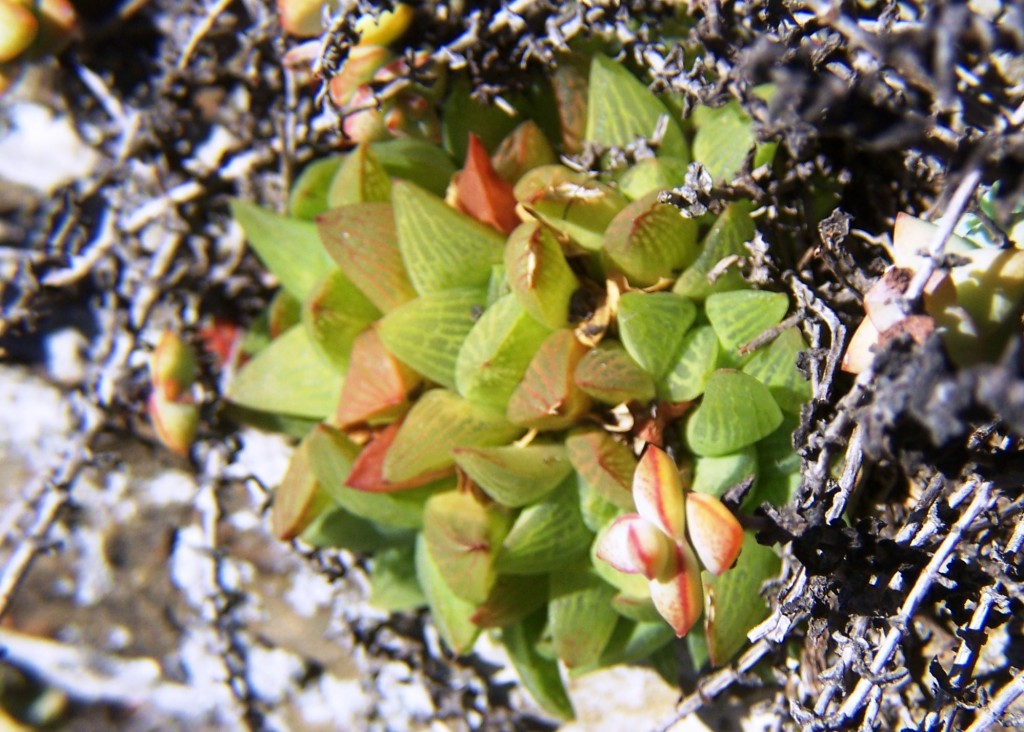
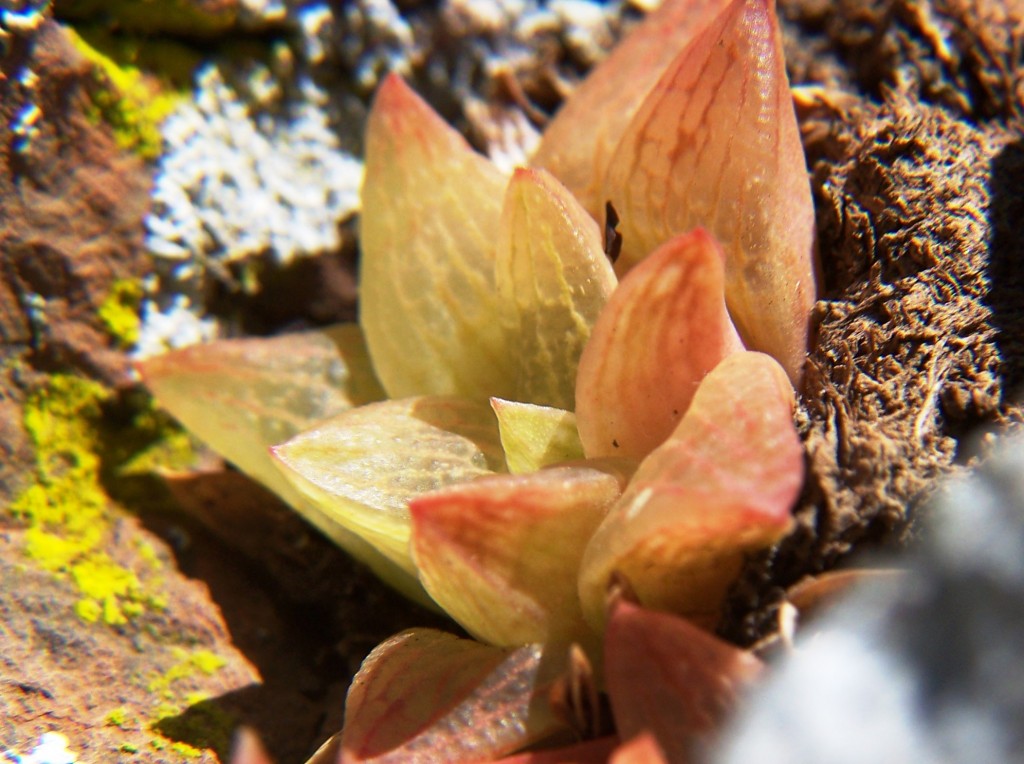

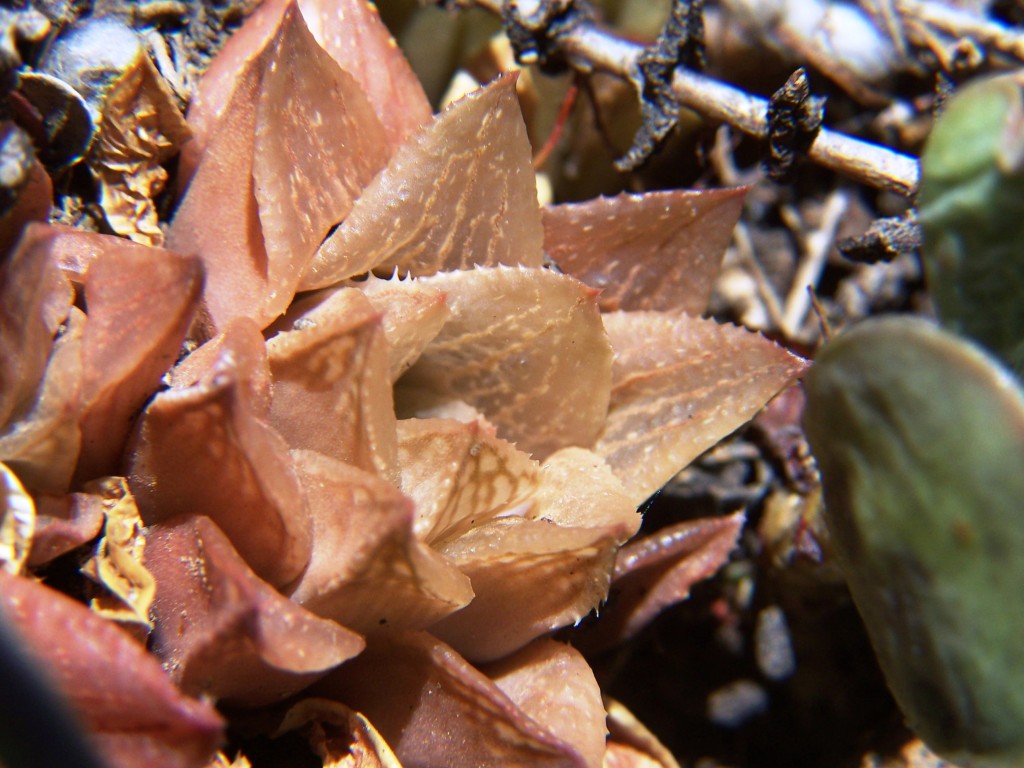
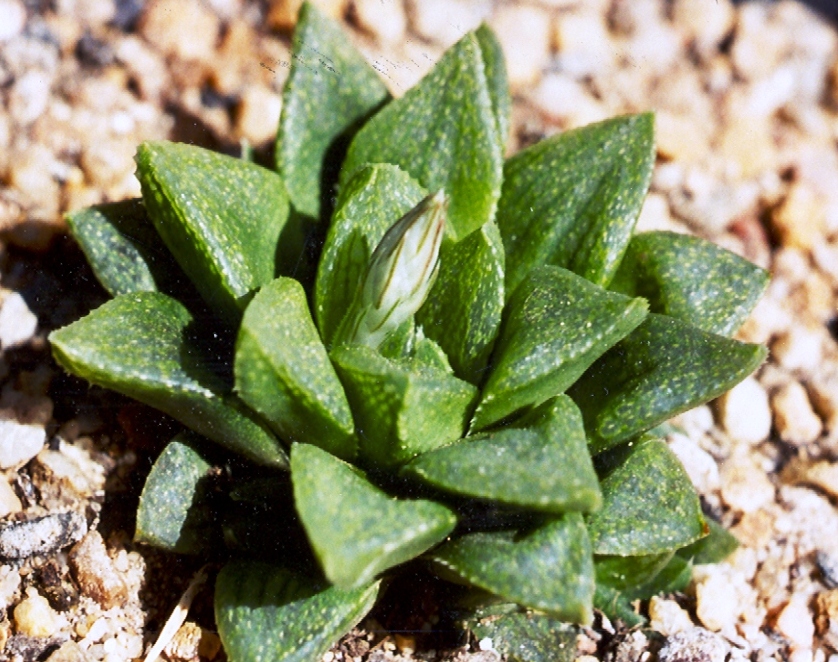
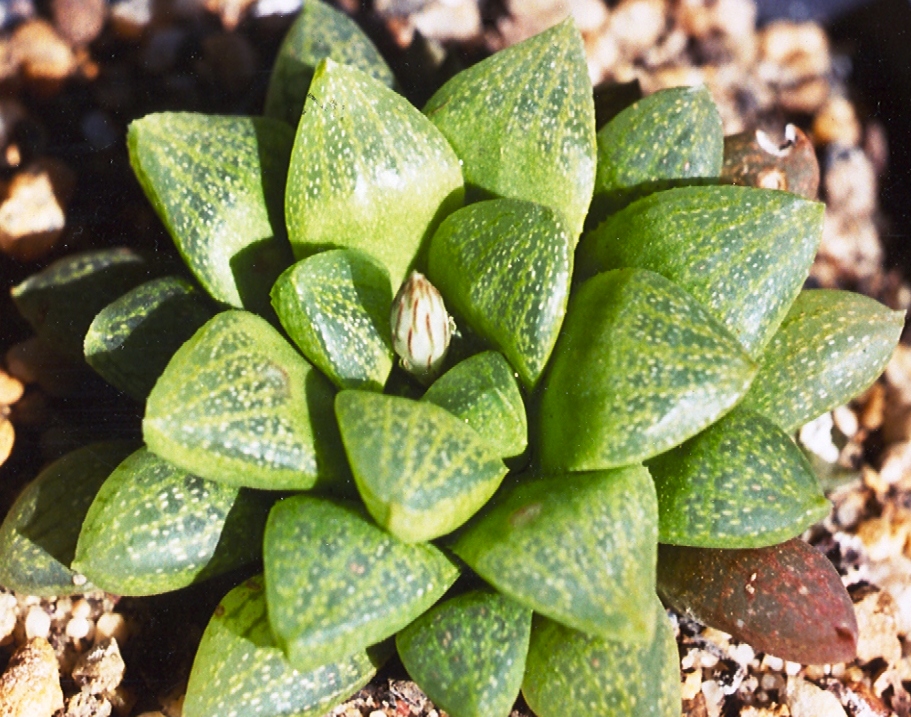
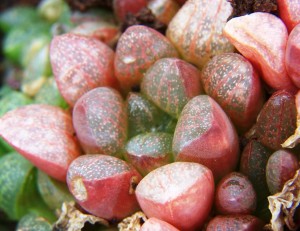

I don’t know how or why this article appeared in my Outbox and can hardly believe I wrote it. I say well done.